|
Reaching a milestone age brings wisdom, confidence, and a deeper understanding of oneself. I know I feel all of these wonderful qualities from my past and present experiences in life. I think getting older or should I say "mature" we as women should celebrate life’s achievements and embrace the future with our health and do things that increase our energy. Yes, as we mature, it's a critical period to pay closer attention to our health. The right nutrition can play a significant role in maintaining energy levels, enhancing mental clarity, and supporting overall well-being. Enter superfoods – nature’s powerhouses packed with essential nutrients to keep you feeling your best. Here’s a guide to some of the top superfoods every superwoman over 40 should incorporate into her diet. 1. Berries: Nature’s Antioxidant Riches Berries such as blueberries, strawberries, and raspberries are rich in antioxidants, which combat free radicals that can accelerate aging. They are also high in fiber, which supports digestion and helps maintain a healthy weight. Additionally, berries have anti-inflammatory properties that can reduce the risk of chronic diseases like heart disease and cancer. How to enjoy: Add a handful of berries to your morning yogurt, smoothie, or oatmeal. They also make a perfect snack on their own or mixed into a salad. If you are a blueberry fan like me, try wild blueberries, which are smaller in size and have a slightly sweeter taste. 2. Leafy Greens: The Nutrient-Dense Champions Leafy greens like spinach, kale, and Swiss chard are packed with vitamins A, C, E, and K, as well as folate, iron, and calcium. These nutrients are essential for maintaining healthy skin, boosting the immune system, and keeping bones strong. The high fiber content in leafy greens also promotes gut health and aids in weight management. How to enjoy: Incorporate leafy greens into your diet by making salads, adding them to soups and stews, or blending them into green smoothies. If you especially like kale, try also eating this superfood into pesto instead of basil for a twist from the ordinary. 3. Nuts and Seeds: Tiny but Mighty Nuts and seeds, including almonds, walnuts, chia seeds, and flaxseeds, are excellent sources of healthy fats, protein, and fiber. They contain omega-3 fatty acids, which are beneficial for heart health and brain function. These tiny powerhouses also provide essential minerals like magnesium, zinc, and selenium, which support metabolic and immune functions. If you are not fond of flaxseeds, try the golden variety, which taste a little milder and has somewhat of a buttery finish. How to enjoy: Sprinkle nuts and seeds on your salads, yogurt, or oatmeal. They also make a convenient snack or can be blended into smoothies and homemade energy bars. With chia seeds you can also make chia pudding with plant-based milk and use golden flaxseeds mixed with breadcrumbs on oven baked fish or chicken. 4. Fatty Fish: Omega-3 Powerhouses Fatty fish like salmon, mackerel, and sardines are rich in omega-3 fatty acids, which are crucial for heart health, reducing inflammation, and supporting brain health. They are also a great source of high-quality protein and vitamin D, which is vital for bone health. How to enjoy: Aim to include fatty fish in your diet at least twice a week. Grill, bake, or broil fish for a delicious and nutritious meal. Adding fish to salads or making a hearty fish stew or chowder are other tasty options. Another way to boost the flavor of salmon is to flavor it with a spice rub of your choice. 5. Avocado: The Creamy Superfood Avocados are packed with monounsaturated fats, which are heart-healthy and help maintain good cholesterol levels. They are also high in fiber, potassium, and vitamins C, E, and K. The healthy fats in avocados can enhance the absorption of fat-soluble vitamins from other foods, making them an excellent addition to a balanced diet. How to enjoy: Spread avocado on toast with an egg (oldie but goodie) add it to salads or blend it into smoothies for a creamy texture. It also makes a delicious guacamole dip or a topping for soups and stews. 6. Quinoa: The Complete Protein Quinoa is a gluten-free grain that provides all nine essential amino acids, making it a complete protein source. It’s also rich in fiber, iron, magnesium, and B vitamins, which support energy production and muscle function. Quinoa’s versatility makes it an excellent substitute for other grains like rice or pasta.
How to enjoy: Use quinoa as a base for salads, mix it with vegetables for a hearty side dish, or incorporate it into soups and stews. It also works well as a breakfast porridge when cooked with milk and topped with fruits and nuts. Incorporating these superfoods into your diet can provide numerous health benefits and help you maintain vitality and energy as you navigate through life after 40. Remember, having a balanced diet along with regular physical activity and proper hydration is key to overall well-being. Celebrate your health or improve it by nourishing your body with these nutrient-dense foods to truly thrive in your fabulous 40s and beyond. Cheers to being a superwoman every day!
0 Comments
As women age, our nutritional needs evolve, and maintaining energy levels throughout the day becomes increasingly important. Some of you may not feel the need to snack, but if done right, it can be a powerful tool to keep you fueled, satisfied, and on track with your health goals. Here are some smart snacking choices for women aged 40 and above, focusing on nutrient-rich options that support overall well-being. Understanding Nutritional Needs After 40At 40 and beyond, women experience hormonal changes that can affect our metabolism, bone density, and muscle mass. Because of these factors, prioritizing snacks that are rich in protein, fiber, healthy fats, and essential vitamins and minerals can help manage these changes effectively. Here are some key nutrients to focus on: Calcium and Vitamin D: Essential for bone health. Protein: Supports muscle maintenance and repair. Fiber: Aids in digestion and helps maintain a healthy weight. Antioxidants: Combat oxidative stress and support skin health. Smart Snacking Choices Greek Yogurt with Berries Why It’s Great: Greek yogurt is high in protein and calcium, while berries are packed with antioxidants and fiber. This combination supports bone health, muscle maintenance, and overall vitality. How to Enjoy: Top a cup of unsweetened plain Greek yogurt with a handful of mixed berries and a drizzle of honey for a sweet and satisfying snack. Nuts & Seeds Why It’s Great: Nuts and seeds provide healthy fats, protein, and fiber. They are also rich in magnesium and other essential minerals that support heart health and energy production. How to Enjoy: A small handful of almonds, walnuts, or chia seeds can be eaten alone or added to salads, smoothies, or yogurt. Veggie Sticks with Hummus Why It’s Great: Vegetables like carrots, bell peppers, and cucumbers are low in calories but high in vitamins and fiber. Hummus, made from chickpeas, adds a dose of protein and healthy fats. How to Enjoy: Slice your favorite veggies and dip them in a serving of hummus for a crunchy and creamy snack. If you want to try making your own with a creative twist, try this red lentil hummus recipe. Apple Slices with Almond Butter Why It’s Great: Apples are high in fiber and vitamin C, while almond butter provides healthy fats and protein. This pairing keeps blood sugar levels stable and curbs hunger. How to Enjoy: Slice an apple and spread a tablespoon of almond butter on each slice for a delicious and balanced snack. Dark Chocolate and Berries Why It’s Great: Dark chocolate contains antioxidants and has been shown to improve heart health. Pairing it with berries enhances the antioxidant intake and adds natural sweetness. How to Enjoy: Enjoy a small piece of dark chocolate (70% cocoa or higher) with a handful of mixed berries for a treat that feels indulgent but is good for you. I personally like dark chocolate dipped strawberries, which not only taste great but also looks good! Hard-Boiled Eggs Why It’s Great: Eggs are a fantastic source of high-quality protein and essential vitamins like B12 and D. They are also easy to prepare and portable. How to Enjoy: Keep a few hard-boiled eggs in the fridge for a quick and easy snack that provides sustained energy. If you tire of eating them as a snack, throw them into a salad for an extra protein option. Smoothie with Greens and Protein Why It’s Great: A well-balanced smoothie can pack a nutritional punch with greens, fruits, and a protein source like Greek yogurt, protein powder, or nut butter.
How to Enjoy: Blend a handful of spinach, a frozen banana, a scoop of protein powder, and some almond milk for a refreshing and nutrient-dense snack. This is one of my favorite options to have on most days. If you are looking for a vegan option that I personally use and recommend is Naked Shake Pea Protein that comes in a variety of flavors and packs a healthy 20 grams per serving! Tips for Successful Snacking Plan Ahead: Keep healthy snacks readily available at home and work to avoid reaching for less nutritious options. Portion Control: Be mindful of portion sizes to avoid overeating. Pre-portioning snacks can help manage intake. Stay Hydrated: Sometimes, thirst is mistaken for hunger. Drink plenty of water throughout the day to stay hydrated and support overall health. Incorporating these smart snacking choices into your daily routine can help you stay energized, manage your weight, and support your overall health as you navigate life beyond 40. Remember, the key to healthy snacking is balance and moderation, ensuring you nourish your body with the right nutrients to thrive. Sometimes life can feel like it's spinning faster and faster, so finding moments of peace and pleasure can seem like a luxury at time. Yet, one of the simplest and most rewarding ways to slow down and reconnect with ourselves and our loved ones is through cooking. The joy of cooking (which is also a famous cookbook by this title that I highly suggest as a resource) is not just about creating delicious meals; it's about the entire experience, from selecting ingredients to savoring the final dish. The Art of Choosing Ingredients:The journey to making awesome meals begins long before you turn on the stove. It starts at the grocery store or market, where you can select fresh, vibrant vegetables, fragrant herbs, and high-quality proteins including organic. This whole process can be meditative, allowing you to engage with your food on a fundamental level. Choosing seasonal and local produce not only supports your community but also ensures that your meals are bursting with flavor and nutrients. Creating a Culinary Sanctuary:Being in the culinary world for quite some time, my kitchen is more than just a place to prepare food, it's my safe space where I can be creative. As I chop, stir and season my dishes, I engage in an age-old ritual where I feel like I connect with generations of cooks in my family tree. There have been times when I will make certain dishes and think of them. What a blessing! The act of cooking becomes a form of expression, a way to tell a story through flavors and textures. This mindful engagement can transform the kitchen into a space of relaxation and joy. My hope is that you can gain this connection also while preparing meals in your own home kitchen. The Therapeutic Process of Cooking: Cooking can be incredibly therapeutic. The calming actions of slicing vegetables or kneading dough can calm the mind, providing a needed break from the stresses of daily life. As you become focused on the task at hand, your busy mind starts to fade into the background, replaced by the immediate sensory experiences of touch, smell, and taste. This mindful attention when preparing meals in the moment can be a form of meditation, offering mental clarity and emotional balance. Sharing Meals, Sharing Love:The real joy of cooking lies in sharing your food with others. When you think about it, a homemade meal is a gift, a tangible expression of care and love. Whether it's a simple family dinner or an elaborate feast for friends, sharing food brings people together, bringing connection and community. There have been many interesting and fun conversations in my family where there was and still is laughter that unfold around the dinner table are as nourishing as the food itself. Rediscovering Simple Pleasures:In our fast-paced world, where people often like to dine out, the simple pleasure of a homemade meal cooked at home is often overlooked.
Yet, rediscovering the joy of cooking can enhance our well-being in profound ways. It reminds us to chill or should I say slow down, to appreciate the sensory delights of fresh ingredients, and to find satisfaction in the creative process. Cooking at home allows us to take control of our nutrition where you get to control what goes into your meals, experiment with new flavors, and celebrate the everyday gratification of nourishing ourselves and our loved ones. The joy of cooking is a timeless pleasure, one that invites us to reconnect with our food, our loved ones, and ourselves. By embracing the practice of homemade meals, we not only enrich our palates but also our lives, creating moments of joy and connection in every dish. Menopause is a natural phase of life that every woman will go through usually occurring between the ages of 45 and 55, but symptoms can start earlier for some women such as myself. One challenge during this time for me was insomnia. It was frustrating because at the time, I was still working full time and I wasn't getting adequate sleep and would need to get up very early in the morning. It was a constant battle. Some of you may relate with my sleep issues with insomnia, but other challenges can occur with the transition which can bring a variety of symptoms, such as hot flashes, night sweats, mood swings, and weight gain, all of which are linked to hormonal changes. These symptoms occur because of the decline in estrogen and progesterone levels. While menopause is inevitable, there are useful ways to manage its symptoms through dietary choices. Here’s how you can navigate during this time with power and balance and make informed dietary choices to help alleviate many of these unpleasant symptoms and promote well-being. Foods for Hormonal Balance:Phytoestrogens: What they are: Plant-based compounds that mimic estrogen in the body. Foods that help: Soy products (tofu, tempeh, edamame), flaxseeds, sesame seeds, and chickpeas. Dairy products, leafy green vegetables (kale, broccoli), fortified plant-based milks, and fatty fish. Benefits: May help reduce hot flashes and improve hormonal balance. Calcium and Vitamin D Importance: Vital for bone health, especially as estrogen levels drop. SUGGESTIONS: Use edamame or firm tofu stir fries with vegetables such as kale and broccoli. Use flaxseeds that have been ground into smoothies and also use as a coating on fish instead of breadcrumbs. Toss sesame seeds into salads. Toast for extra flavor. Also, you can make homemade tahini paste that can be used in a variety of recipes. Healthy Fats:Consuming healthy fats is important as they can support hormone production and reduce inflammation which can become an issue as you get older. Healthy fats you can consume are avocado's, nuts, seeds and olive oil. You can also get healthy fats from fatty fish such as wild caught salmon and mackerel. Try incorporating these nutritious foods into your meals to help manage mood swings and energy levels. High Fiber Foods:High fiber foods help maintain stable blood sugar levels and supports digestive health. If you are diabetic, this is also especially important. Try eating whole grains, fruits, vegetables and legumes. SUGGESTIONS: Try a variety of whole grains such as bulgur wheat, quinoa and whole barley. Include these grains in recipes that call for regular white rice as a healthy replacement. Eat fruit and vegetables as healthy snacks. Incorporate eating legumes into salads and soups. By incorporating high fiber foods into your daily diet, it can help to regulate estrogen levels. Antioxidant-Rich FoodsConsuming antioxidant rich foods help to combat oxidative stress and reduce inflammation. Foods that are antioxidant rich are berries, dark chocolate, nuts, and green tea. SUGGESTIONS: Have berries in your oatmeal or protein shake or simply enjoy on their own. You can also enjoy nuts in oatmeal or sprinkle into salads. Green tea can be enjoyed in place of coffee or if you prefer things on the colder side, try it iced. Try berries in whole grain pancakes and enjoy dark chocolate in moderation as a sweet treat. If you want the taste of chocolate with low sugar content, try eating cacao nibs which are rich in fiber, protein, healthy fats, and rich in iron. Navigating menopause can be challenging at times, but with the right mindset along with the right foods you can manage your symptoms and maintain a healthy, balanced life.
Remember, every woman’s experience with menopause is unique, so it’s essential to find what works best for you and consult with healthcare providers as needed. In the realm of culinary dishes, herbs and spices are the unsung heroes, capable of transforming ordinary meals into something extraordinary. Beyond their flavor-enhancing properties, herbs and spices also pack a nutritional punch, making them essential ingredients you can use for everyday cooking. Let's delve into the international world of herbs and spices and explore how you can spice up your life and your meals. The Power of Herbs and Spices Herbs and spices have been prized for centuries for their medicinal properties and culinary uses. Not only do they add depth and complexity to dishes, but many also boast impressive health benefits. From boosting immunity to reducing inflammation and improving digestion, the potential health perks of incorporating herbs and spices into your diet are many. Getting Started: Essential Herbs and Spices If you're a total beginner using herbs and spices, it can be quite overwhelming to know where to begin. Although there are PLENTY of choices to choose from, start with the basics of stocking your pantry with some essential herbs and spices that can elevate a wide range of dishes: Basil: With its sweet, slightly peppery flavor, basil is a versatile herb that pairs well with tomatoes, pasta dishes, salads, and more. Although you can use dried, this is one spice you want to use fresh instead to reap the full flavor potential in dishes. Try using fresh basil in my hemp pesto recipe.  Cinnamon: Beyond its use in sweet treats, cinnamon adds warmth and depth to savory dishes like stews, curries, and roasted vegetables. Several cuisines such as Middle Eastern, Indian and North African use cinnamon in meat-based stews, rice dishes. In Indian cuisine it is a component in the popular spice blend of “Garam Masala.” Consider other healthy cinnamon varieties such as Ceylon and Vietnamese cinnamon. Garlic: Garlic is a must in many dishes, but you may be thinking why this is mentioned on a blog post for herbs and spices. In my opinion as a chef and according to ChefResource.com, it is neither, but it's such an important component to flavoring dishes. A staple in many cuisines, garlic adds bold flavor to dishes and boasts numerous health benefits, including immune-boosting properties. On days where you don’t want the taste of fresh garlic, feel free to have garlic powder on hand in your pantry. Turmeric: Known for its vibrant color and earthy flavor, turmeric is prized for its anti-inflammatory properties and is a key ingredient in many curry blends such as Indian & Jamaican cuisine. Rosemary: This fragrant herb is perfect for seasoning roasted meats, potatoes, bread, and even desserts like lemon rosemary shortbread. Cumin: With its warm, nutty flavor, cumin is a must-have for spice blends, chili, soups, and Mexican-inspired dishes and makes an appearance also in Middle Eastern & North African cuisines. Tips for Incorporating Herbs and Spices Now that you have some essential herbs and spices on hand, it's time to put them to good use in your cooking. Here are some tips for incorporating herbs and spices into your favorite dishes: Experiment with Flavor Combinations: Don't be afraid to get creative and experiment with different flavor combinations. Mix and match herbs and spices to discover unique flavor profiles that tantalize your taste buds. You can also try your hand in making your own spice blends and spice rubs. Fresh vs. Dried: While fresh herbs impart bright, intense flavors, dried herbs are more concentrated and can be used in dishes that require longer cooking times. Experiment with to see which you prefer. Toast Whole Spices for Depth of Flavor: Toasting spices before using them can enhance their flavor profile and aroma. Simply heat them in a dry skillet over medium heat until fragrant, being careful not to burn them. Consider purchasing a coffee grinder specifically for making your own ground spices and spice blends.
Add Herbs and Spices Towards the End of Cooking: To preserve their flavor and aroma, add delicate herbs like parsley and cilantro, as well as ground spices, towards the end of cooking. Don't Forget the Balance: When using herbs and spices, aim for balance. Too much of a strong spice or herb can overpower a dish, while too little can leave it lacking flavor. Taste as you go and adjust accordingly. Herbs and spices are not only culinary treasures but also valuable allies in your journey towards healthier eating. By incorporating a variety of herbs and spices into your cooking, you can elevate the flavor and nutritional profile of your meals while embarking on a delicious culinary adventure. So go ahead, spice up your life, one dish at a time! In the field of nutrition, few dietary patterns have garnered as much attention and acclaim as the Mediterranean diet. Hailing from the shores of countries like Greece, Italy, and Spain, this way of eating has captivated researchers and health enthusiasts alike with its tantalizing array of flavors and impressive health outcomes. Let's delve into the Mediterranean diet, unraveling its secrets and exploring the wealth of health benefits it offers. Origins and Fundamentals: What I really like about the Mediterranean diet is not just a diet; it's a lifestyle rooted in the culinary traditions of the Mediterranean region. At its core, it emphasizes whole, minimally processed foods that are abundant in the region, including fruits, vegetables, legumes, nuts, seeds, whole grains, fish, and olive oil. The diet also incorporates moderate consumption of poultry, dairy, and eggs, while limiting red meat and sweets. Speaking of sweets, during my many visits to local Mediterranean markets, their sweets are produced somewhat healthier using ingredients such as Tahini (sesame paste) honey and other natural sweeteners such as carob molasses or date syrup. The hallmark of the Mediterranean diet is its emphasis on fresh, seasonal ingredients prepared simply yet deliciously. Health Benefits Unveiled: Heart Health: Numerous studies have linked the Mediterranean diet to a reduced risk of heart disease. The abundance of heart-healthy fats found in olive oil and fatty fish like salmon and sardines, coupled with the high intake of fruits, vegetables, and whole grains, can help lower LDL cholesterol levels, decrease inflammation, and improve overall cardiovascular health. Weight Management: What is also awesome about the Mediterranean Diet, unlike fad diets that often focus on restriction and deprivation, the Mediterranean diet encourages a balanced approach to eating that promotes satiety and satisfaction. If you think about it, most people do not want to be deprived and this lifestyle and way of eating emphasizes moderation. With its focus on nutrient-dense foods and mindful eating, many individuals find it easier to maintain a healthy weight while still enjoying delicious meals. Diabetes Prevention: Research suggests that following a Mediterranean-style diet may help lower the risk of developing type 2 diabetes. By prioritizing complex carbohydrates, (think bulgur wheat and quinoa) both of these grains can be used in their popular side dish of Tabouleh, lean proteins, and healthy fats, this dietary pattern can help stabilize blood sugar levels and improve insulin sensitivity over time. Cognitive Function: The Mediterranean diet isn't just beneficial for the body; it also nourishes the brain. Studies have shown that the abundance of antioxidants and anti-inflammatory compounds found in fruits, vegetables, and olive oil may help protect against age-related cognitive decline and reduce the risk of conditions like Alzheimer's disease.
Longevity: Perhaps one of the most important aspects of the Mediterranean diet is its association with longevity. Centenarians in regions where this dietary pattern is prevalent often attribute their longevity to a combination of healthy eating, regular physical activity, and strong social connections—a trinity that embodies the Mediterranean lifestyle. Incorporating the Mediterranean Diet into Your Life: Transitioning to a Mediterranean-style way of eating can be done without complicating mealtimes. . Start by making small changes, such as swapping butter for olive oil, incorporating more plant-based meals into your weekly rotation using lentils and beans and savoring meals with family and friends. Experiment with Mediterranean-inspired recipes, such as Greek salad with feta and olives, roasted vegetables using olive oil and sumac (a popular spice in Mediterranean cuisine) or grilled fish with lemon and herbs. Remember, the key to reaping the full benefits of the Mediterranean diet lies in embracing it as more than just a temporary eating plan but rather as a sustainable lifestyle choice—one that nourishes your body the way nature intended. In the pursuit of overall wellness, hydration plays a crucial role. Proper hydration not only quenches our thirst but also supports bodily functions, enhances cognitive performance, and boosts our energy levels. While drinking plain water is undoubtedly beneficial, infusing it with various fruits, herbs, and spices can take hydration to the next level, making it more enjoyable and adding extra health benefits. At times, what you mistake for hunger can be thirst, so let’s look at how we can create infused water recipes that not only keep you hydrated but also contribute to your overall well-being. Citrus Burst Infusion: Ingredients: Sliced oranges, lemons, and limes. A sprig of fresh mint. Benefits: Citrus fruits are rich in vitamin C, which supports the immune system and promotes glowing skin. Mint adds a refreshing flavor and aids digestion. Berry Bliss Infusion: Ingredients: Mixed berries such as strawberries, blueberries, and raspberries. Benefits: Berries are packed with antioxidants that help fight inflammation and protect against diseases. They also add a natural sweetness to your water without any added sugars. Cucumber Mint Refresher: Ingredients: Sliced cucumber and fresh mint leaves. Benefits: Cucumbers are hydrating and contain silica, which promotes clear skin and healthy joints. Mint aids digestion and provides a cooling sensation, perfect for hot summer days. Tropical Paradise Infusion: Ingredients: Pineapple chunks, coconut water, and a splash of lime juice. Benefits: Pineapple contains bromelain, an enzyme that aids in digestion and reduces inflammation. Coconut water is naturally hydrating and rich in electrolytes, making it an excellent choice for post-workout hydration. Ginger Zing Infusion: Ingredients: Sliced ginger root and a dash of ground turmeric. Benefits: Ginger has anti-inflammatory properties and can help soothe an upset stomach. Turmeric is a powerful antioxidant with potential anti-cancer effects. Together, they create a flavorful and health-boosting infusion. Watermelon Basil Cooler: Ingredients: Cubed watermelon and fresh basil leaves. Benefits: Watermelon is high in water content and contains lycopene, a powerful antioxidant that may help protect against certain types of cancer. Basil adds a hint of sweetness and a subtle herbal flavor. To prepare these infused waters, simply add the ingredients to a pitcher of water and let it sit in the refrigerator for a few hours to allow the flavors to meld. You can customize the recipes according to your taste preferences and experiment with different combinations of fruits, herbs, and spices.
Incorporating infused water into your daily routine is a delicious way to stay hydrated and reap the numerous health benefits of fruits, herbs, and spices. So, the next time you reach for a glass of water, consider adding some extra flavor and wellness-boosting nutrients with these simple infused water recipes. Your body will thank you for it!  In a world where sugary dessert treats abound and health-conscious choices are increasingly prioritized, finding a balance between indulgence and well-being can be a delicate dance. If you crave sweets often and want to know how you can satisfy your sweet tooth without compromising your health, then keep reading. As a popular saying goes “you can really have your cake and eat it too!" Enter the realm of mindful sweets—a delicious journey where desserts become not just a moment of guilty pleasure, but an opportunity for nourishment, pleasure, and mindfulness. The Pitfalls of Traditional Desserts: Traditional desserts often come laden with refined sugars and high fructose corn syrup, unhealthy fats, and processed ingredients that offer little in terms of nutritional value. While they may provide temporary satisfaction to your palette, the ensuing sugar crash and potential long-term health consequences are far from desirable. Additionally, the guilt associated with indulging in these treats can overshadow any enjoyment derived from them. The Rise of Mindful Eating: Mindful eating is a practice I have taught in classes which encourages individuals to cultivate awareness and presence while consuming food. By paying attention to the sensory experience of eating, including taste, texture, and aroma, one can develop a deeper appreciation for food and its impact on overall well-being. Mindful eating also involves listening to your body's hunger and fullness cues, allowing for a more intuitive approach to nourishment. I also encourage individuals to take their time while eating to fully appreciate the sensory experience. Embracing Mindful Sweets: Mindful sweets reimagine desserts as an opportunity to engage in mindful eating practices while still indulging in tasty treats. This involves choosing ingredients that nourish the body, such as whole grains, fruits, nuts, and natural sweeteners like honey, maple syrup or whole fruit sweeteners such as dates and bananas. By prioritizing quality over quantity, mindful sweets offer a more satisfying and wholesome dessert experience. Experimenting with Healthier Alternatives: From decadent avocado chocolate mousse, to nutrient-rich chia seed pudding or brownies packed with fiber of black beans, the world of mindful sweets is filled with creative and nutritious alternatives to traditional desserts. By incorporating superfoods and nutrient-dense ingredients, these treats not only satisfy cravings but also provide essential vitamins, minerals, and antioxidants. Whether you're craving something creamy, fruity, or chocolaty, there's a mindful sweet to suit every taste buds.! Practicing Moderation and Enjoyment:
While mindful sweets offer a healthier approach to dessert consumption, moderation remains key. Enjoying a small portion mindfully allows for maximum enjoyment without overindulgence. Additionally, savoring each bite and fully immersing yourself in the experience can enhance satisfaction and promote mindful eating habits in the long run. Mindful sweets offer a delightful path to indulgence without sacrificing health or well-being. By embracing the principles of mindful eating and experimenting with healthier alternatives, you can enjoy desserts guilt-free while nourishing your body and soul. So go ahead, treat yourself to a mindful sweet and savory every moment of sweetness and satisfaction it brings. Your taste buds and your body will thank you for it.  In today's fast-paced world, finding the time and resources to prepare healthy meals can often feel like a challenge. With busy schedules and financial constraints, it's tempting to opt for convenient, but often unhealthy, fast-food options. However, eating well doesn't have to be expensive. With a little planning and creativity, you can enjoy delicious, nutritious meals without breaking the bank. In this blog post, we'll explore some tips and tricks for creating budget-friendly healthy meals that will nourish your body and satisfy your taste buds. 1. Plan Ahead: I know meal planning is not on the top of everyone’s list, but it’s an effective way to save money on meals. Take some time each week to sit down and plan out your meals for the upcoming days. This will not only help you avoid the temptation of ordering takeout but also allow you to make a grocery list and stick to it, reducing impulse purchases. 2. Embrace Plant-Based Protein: Meat and seafood can be expensive, but plant-based protein sources like beans, lentils, tofu, and chickpeas are much more budget-friendly. Incorporating these ingredients into your meals can help stretch your grocery budget while still providing you with essential nutrients like protein and fiber. 3. Buy in Bulk: Buying staple items like whole grains, rice, whole grain pasta, oats, and dried beans in bulk can save you a significant amount of money in the long run. Many grocery stores offer discounts for buying in bulk, and these pantry staples have a long shelf life, so you can stock up without worrying about them going bad. 4. Shop Seasonally: Fruits and vegetables that are in season are not only fresher and more flavorful but also more affordable. Take advantage of seasonal produce by planning your meals around what's currently available at your local farmers' market or grocery store. You can also buy extra and freeze them for later use. Also, with some supermarkets, you can find a rack of fruits and vegetables reduced for sale. This is also a great way to save money without breaking the bank! 5. Limit Processed Foods: Processed and convenience foods are not only more expensive but also tend to be higher in unhealthy fats, sugars, and sodium. Instead of buying pre-packaged meals and snacks, opt for whole, unprocessed ingredients that you can prepare yourself. Not only will this save you money, but it will also be better for your health in the long run. 6. Cook in Batches: Spending a few hours or more on the weekend cooking large batches of food can save you time and money during the week. Depending on if you are cooking just for yourself or your family make hearty portions of soups, stews, or casseroles that you can portion out and freeze for later use. This way, you'll always have a healthy meal on hand, even on busy weeknights. Also, rethink old school by using your slow cooker to get the job done or an Instapot. 7. Get Creative with Leftovers: Instead of letting leftovers go to waste, repurpose them into new meals. For example, leftover roasted vegetables can be added to salads, sandwiches, or omelets, while cooked grains like quinoa or brown rice can be turned into hearty grain bowls or stir-fries. 8. Use Herbs and Spices: Herbs and spices are a budget-friendly way to add flavor to your meals without relying on expensive sauces or condiments. Keep a well-stocked spice rack and experiment with different flavor combinations to elevate your dishes. You can easily start with the basics at your discount dollar stores. 9. Drink Water: Instead of buying sugary sodas or juices, which are not a healthy option, choose water as your main beverage. Not only is water better for your health, but it's also much cheaper. You can also try infusing your water with fruits or herbal teas without adding too much of an extra cost. 10. Grow Your Own Produce: If you have the space, consider starting a small garden to grow your own fruits and vegetables. Not only is gardening a rewarding hobby, but it can also help you save money on groceries and ensure that you have access to fresh, organic produce year-round. Even if you have limited space a couple of windowsill herbal pots can be an awesome start to making delicious meals! By following these tips, you can enjoy delicious, nutritious meals without breaking the bank. Eating well on a budget is all about planning ahead, making smart choices at the grocery store, and getting creative in the kitchen. With a little effort and ingenuity, you can nourish your body and your wallet at the same time.
Eat Good! Feel Good! Look Good! Chef Vanessa It has been a while since I've posted, and I thought I would share my first post from my other website and business for woman over 40 and beyond at Lisha Nutrition & Wellness Coaching. IT is now officially 2023! Whew! Where does the time go, but I want to kick off the new year with some words of encouragement. Most new year’s resolutions are ways for us to better ourselves or to obtain certain goals. The big ones you’ll always find is exercising more (yes, the gyms will be packed right now.) along with dieting to lose weight with an uptick in wellness programs. Although these are well intentioned goals, the results for a majority of these will be temporary at best. I say “temporary” because for like a lot of us. Life happens. Busy schedules with demands of work and family life and it goes on and on……. Now with my mission with Lisha Nutrition & Wellness Coaching in helping women 40 and over, achieve better health through nutrition and healthy habits, the challenges get even more deep because we are at that stage in life where life is busier with limited time focused on our health. But, if we don’t make time for ourselves, the results can be dire with some developing chronic illnesses such as diabetes and the dreaded weight gain that some of us just accept as getting older. If anything, that really needs to change is our “mindset.” So, this brings me back to the topic of this blog post of “Why New Year’s Resolutions Fail?” and this is specifically for women in the age category I mention. Many of you, know what to do, but may become detoured to reaching wellness because various factors in your personal life and not even realize this is the case. You may say things like “I’ve tried EVERYTHING, and nothing works!” Or you may say “People in my family have these chronic conditions and it runs in the family, so I’ll probably develop them too.” Or you may have the mindset of “There is so much conflicting information out there, how do I know what truth is or not?” These may be legit concerns, but this should not be a reason for giving up on yourself as you will be the deciding person who can determine better health for you. So, I say resolutions fail because we may give up on ourselves WAY too soon! We also may think healthy changes are not happening fast enough or we completely throw in the towel which is basically the nail in the coffin! I think small steps and goals are the way to go for the long haul. Once you have success with starting off small and making things a “habit” it now becomes a part of your lifestyle. Will this happen overnight? Of course not, that’s why it's important to do things in a very realistic and doable way that works for YOU and that involves, planning, prioritizing and preparation. A simple example could be your excuse of saying “I’m too busy, I work long hours and have no time for exercise.” This is a REAL fact for a lot of people, and I don’t discount it. But you have NO time? Instead of this excuse, you could start off small with a time slot of only 5 or 10 minutes dedicated to exercise or I like to say the word “movement.” This movement could take place first thing in the AM or could happen on a lunch hour or could be right before dinner time while your meal is being cooked. (This is planning.) The way to prioritize movement would be allocating a time schedule of days. Again, don’t overwhelm! If all you can manage in the beginning is twice a week that is fine because the payoff is consistency. After you get good at building this habit, then you can increase. In this example, the preparation if you are starting off with a tight time schedule, that very well may mean, going through a selection of quality you tube fitness videos with specific time intervals between 5-10 minutes and then creating a playlist. Or you could go with another option of downloading free fitness apps with this same focus. Once, you have these steps in place, you’ve stopped your excuse of no time for exercise, and you now have an “action” plan to get there. To sum up this post, the focus should be sustainable and manageable habits you can do easily when it’s made a priority and keeping things really SIMPLE. Lastly, always, always, always, celebrate these achievements!
Until the next blog post, BE WELL:) Eat Good! Look Good! Feel Good! Vanessa LaBranche Chef Educator & Nutrition Coach You may be wondering why I’m writing about a blog post about why “Change is Good” when I talk mostly about healthy cooking on my website. Well, I wanted to just share a part of me and what I have been up to for the last 6 months of a new journey. I’ve decided to create my own path and started with a change of how I want to work from now on. I’m excited to say it’s been a gracious journey that I am thankful for. I won’t get into what my age is, (lol) but I have been grinding with work full time since the tender age of 17 and now has only been the real time of “pausing” and saying to myself “What can I do to make a difference in how I contribute to others?” In the beginning of my pause, I took a mental break by taking a trip to Miami Beach with my sisters for 2 whole weeks. It was glorious for my soul to be able to relax and watch a beautiful sunset before shifting into the night. We have wonderful memories! Getting back home and to reality it struck me that I wanted to continue with helping others with healthy eating habits which I will continue to do. So, for a business after a long thought process, I decided to start one which I have named “Lisha Nutrition & Wellness Coaching” geared to helping woman 40 and over who have challenges with menopause and others who may have chronic conditions such as diabetes and heart health. It will be a membership website with content that I am in the process of creating now which will also include “live” trainings, cooking demonstrations, downloadable content for members, including a community) and other helpful information. My website is live at www.lishanutrition.com . and will have available content in January 2023. I will also be providing FREE content for visitors of my new website. Stay tuned! If you want to stay in touch you can sign up for updates on the website page. Circling back to during my pause, I’ve also have contributed with health initiatives (in person and virtual) in addition to doing cooking demos in my local community which have been gratifying. I am also now a nutritional instructor on the Burnalong.com platform which explained simply of their focus of digital health and wellbeing programs for every single body. You can check out some of my video content on this platform as I will be contributing here on a regular basis. What will the future bring? I always see the future as whatever we manifest our minds to and consistently striving to stay with a positive mindset. I also see my future of “infinite” possibilities....
Even if we don’t know for sure what are outcomes in life may be, change is definitely good! As the late, great legendary reggae artist, Bob Marley says in his popular song “Every Little Thing is Gonna Be Alright.” Be well & Eat Good! Look Good! Feel Good! Chef Vanessa 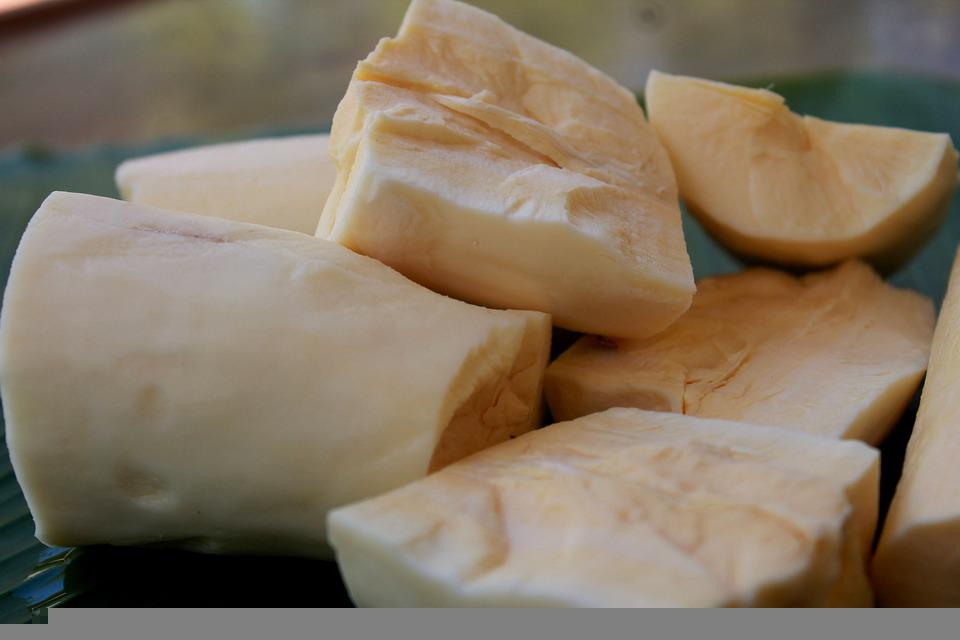 Yucca has become a favorite of mine for its special qualities in texture and taste. Some people will say it taste similar to a white potato, but I would say that's half true. The tuber is very popular in Cuban and Caribbean cuisine. Although you can use this hearty vegetable to take the place of a potato in some of your favorite recipes, the texture is "denser" and is somewhat slightly creamer than a potato when boiled. It also is starchier. Yucca is naturally gluten free and makes a great addition to the diet for those who need to avoid gluten. If you want a tasty version of eating yucca, try making yucca fries! They are absolutely delicious. (You can also air fry if you don't want to indulge.) They will still be delicious. Just coat with a light coating of olive oil, garlic powder, salt and pepper. Yucca should always be peeled from its waxy exterior and often times you should remove the tough inner core as it is hard and can become stringy if not removed. Another tasty way of having yucca is to have it Cuban style with pickled red onions! Here is my version of yucca that has been boiled. The pickled red onion mixture gets a bath in extra virgin olive oil, fresh garlic sauteed, cumin, white vinegar and fresh squeezed lime juice with ground cumin and oregano with salt and pepper to taste. Yum! One last way you can enjoy yucca is to add to soups or stews as it will naturally thicken.
If you're wondering if yucca is hard to find, actually is quite easily available. You will usually find it near your produce isle where you would find other tropical vegetables. Otherwise, you could always visit a Latin market or Caribbean store to purchase. I hope you give yucca a try for a change of pace with your meals! Eat Good! Look Good! Feel Good! Chef Vanessa Hemp hearts are a nutritional powerhouse that you definitely want to try for using in cooking. To be honest, from a personal point of view, it was a trial and error in my kitchen before I came to love this good for you seed. My first attempt was making simple hemp milk using my Vitamix blender. It had a smooth and creamy texture, but the taste was very "earthy" tasting and I just wasn't fond of the taste even with using dried dates to sweeten. But I was determined to find a way to enjoy hemp hearts as you'll see from some of my suggestions. First let's take a look at how much nutrition you get with just 3 tablespoons per serving. Some highlights are they give you 10 grams of protein. Protein is vital to keeping hunger at bay. It also has over 12 grams of omegas 3 & 6. Unlike myself, you may be fond of making your own hemp milk and not mind the taste. It's very simple to make and you don't need to strain as the outer shell is already removed. So here are some of my 5 tips on how you can use hemp hearts into your meals: Tip 1: Toast them! Wow what a difference this makes. When you toast them the "earthy" taste I mentioned becomes more subtle. Use them as a replacement for anything nuts and seeds are called for in any of your recipes. They work perfect in my Hemp Pesto Recipe enriched with avocado! Tip 2: Use them tossed in Salads They taste great to boost the nutrition in a salad. Try using these as a replacement for walnuts in the classic fruit Waldorf Salad made with yogurt. Tip 3: Make Energy Bites: There are so many variations for making these but adding them to a cacao powder variety can help with a sweet tooth. Tip 4: Make a Salad Dressing:
Instead of using commercial mayonnaise to make a creamy salad dressing, replace using hemp hearts mixed with water or plant-based milk. Add herbs and seasonings of your choice. You can make it as thick or thin as you want. Tip 5: Bake with them: Try tossing these into muffins, or naturally sweetened quick breads. One final word on hemp hearts. You may try one of the suggestions I have listed here and determine it may not be for you, but I'm certain if you try another way of preparing it, you may determine you love them! Either way, give it a try. I would love to see your comments. Eat Good! Look Good! Feel Good! Chef Vanessa Fresh ginger is a favorite of mine for many reasons. Not only is it a delicious spice, but it also has numerous health benefits such as improving digestion, assisting with alleviating nausea symptoms and even help with joint pain and inflammation similar to fresh turmeric root. There are many ways to cook with fresh ginger. It is a very common ingredient in Asian cooking, but also in other cultures too such as Indian & African cuisine. Here are some suggestions for using in meals: Make ginger tea (just add slices to fresh water and let steep for 15-20 minutes. Add honey to sweeten.) Grate it into stir fry sauces (If you don't want to peel, its fine! The skin is very thin and won't affect taste.) Make a sweet salad dressing and drizzle over your salad greens with protein. (Use orange juice, peanut oil, garlic and rice vinegar)  Add it to a curry soup with coconut milk. Make a ginger paste. Pickle it Make a fresh ginger juice. Try this recipe. Fresh Ginger Juice Make a healthy ginger beer. Try this west African version from Ghana. Ginger Beer Because ginger is a warming spice, this spice is especially good for individuals who get cold easily and can shorten the duration of the common cold. When shopping for ginger, make sure it does not show signs of wrinkling as this is an indication it is way past its freshness. If purchased you will experience stringiness, so you will want to avoid this. Get cooking with fresh ginger with any of the suggestions listed. Enjoy! Eat Good! Look Good! Feel Good! Chef Vanessa I have been meaning to experiment with aquafaba, aka canned chickpea liquid, for quite some time. I finally got around to making something very simplistic. Homemade mayonnaise. Why the curiosity? Well, for one, I eat chickpeas quite a bit and I've been throwing down the drain the liquid from these beans which can apparently be used in multiple, interesting ways to replace eggs in recipes and other tasty applications. I'll talk about that in a bit but let me share how I went about making this mayonnaise using chickpea liquid. Most mayonnaise recipes start with an egg, so I replaced this with the aquafaba by using 1/4 cup. All the usual suspects of mustard, lemon juice and oil were added in addition to garlic and onion powder. To keep the flavor neutral, I used an extra light tasting olive oil. (Don't think of trying to use extra virgin olive oil, you won't like the results.) You'll end up with a very bitter tasting mayo that won't be appealing to your taste buds. Now if you want to get some hand exercise, you can whisk it up in a bowl, but if you rely on your handy kitchen tools like I do, a blender will get the job done faster. Here is the end result. Wow! Now, your question may be "Does it taste like regular commercial mayonnaise?" Yes, it does, but I think it taste better and is slighter lighter in taste. Just think of how gratifying it is to "whip up" your own mayo without all of the preservatives of traditional jarred mayo and vegan mayo.
Speaking of vegan mayo's available in grocery stores in the health isle, I've paid a pretty penny for one not too long ago and tried it for myself. The taste was horrible and had me running for the regular stuff. lol. But seriously, whether you are a vegan or not you will like the taste of this mayo using aquafaba. Don't worry the bean taste is not detected. You can give my recipe a try the next time you have this extra liquid on hand. Vegan Mayonnaise Now if you are looking for other uses of using this liquid, "The Vegan Society" has plenty of options! You can make healthier ice creams, vegan cheeses and even butter. 20 Amazing Things You Can Do with Aquafaba So, the next time, you open up a can of chickpeas, remember some of these great options, before you throw away all the awesome things you can make with this liquid. Eat Good! Look Good! Feel Good! Chef Vanessa If you are one of those people who think kitchen gadgets are not necessary, you may want to think again. By having certain kitchen tools available, it can make the process of cooking dishes easier and in some cases saves you TIME. Here are some of my favorites I use frequently and hope you will find these helpful when prepping recipes in your kitchen. Some of these simple items can be found cheaply at your local dollar store. 1. Vegetable PeelerThis is an essential kitchen gadget to have which obviously peels vegetables including fruits. But it can be used other ways such as hulling fresh strawberries, making chocolate shavings or even creating zucchini and carrot ribbons for vegetable or pasta dishes. 2. Coffee GrinderBesides coffee, a coffee grinder is great for grinding fresh spices. Make sure to dedicate strictly for grinding spices as the essential oils from them will linger. 3. Coffee Pour Over Cone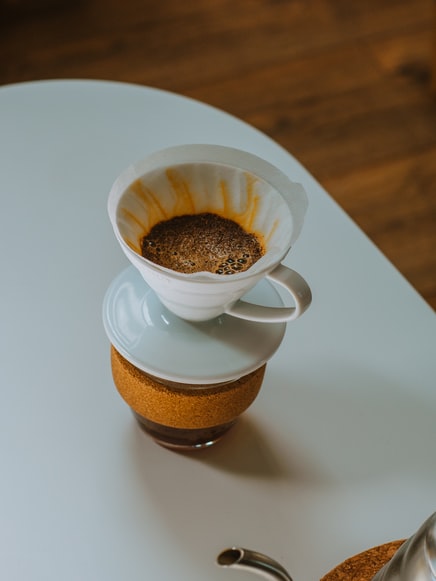 Speaking of coffee, this is another affordable option. Instead of a traditional coffee pot, coffee pods or machine, this gadget is on repeat in my kitchen. The reason being is it is so simplistic to use, but also, there is no waste as you can make by the cup full, or you can buy a bigger one with a carafe for multiple people. It's a great travel companion as you can make your own fresh coffee using just hot water and your choice of ground coffee. 4. Box Food GraterThis is essential for grating cheese and even aromatic vegetables such as onions. It can also be used to shred potatoes, grating ginger, carrots and even hard spices such as cinnamon sticks. Using this gadget does require a little more arm work, but it gets the job done! There are various options also on a box grater which can even slice peppers! 5. Blender & or Food ProcessorHaving both is ideal, but both can be used similarly in certain applications. The food processor provides a better option for making things such as making a homemade pesto or grinding up nuts and seeds.
The blender can do these options also, but some of the food can tend to sit at the bottom which can be challenging to take out. The blender is better suited for your healthy smoothies and hot soups to finish for a smooth finish. There are many gadgets you can use to assist you in your kitchen, but these basic gadgets will go a long way for most basic cooking needs! So, if you are lacking in any of these items, make a plan to get them soon. Eat Good! Look Good! Feel Good! Chef Vanessa Can you believe 2022 is fast approaching? Between now and new year's there will be plenty of celebrations of getting together with family and loved ones. Like I mentioned last year around this time, mindfulness around eating doesn't have to happen at the first of the year like new year's resolutions. Resolutions can start anytime of the year if you are trying to make a healthy lifestyle a permanent part of your daily life. I say mindfulness when it comes to a healthy lifestyle, because there is too much media hype on the next "lose weight fast!" phenomenon. When it really goes deeper than this as quick fixes never last if you can't get your mindset right for lasting results. Change is not easy but taking any positive action can help if done consistently. One way to be mindful can be attained through health apps. I know there are MANY out there, but I will just mention one which is helpful for me and may be for you. The Ate app is all about mindfulness. It's a way of food journaling you can simply do by just taking a snapshot of your meal with your phone. If you forget to snapshot your meal, you can easily just add text for a meal you consumed. The Ate app is helpful in assisting in building healthy habits. Although simplistic in this approach, you can see an overview of your meal that you've made over a period of time and only YOU can decide if you are on track by seeing your food choices.
Ready to get started? Just download the app available for Apple users and Android. IF you want to start with healthy habits without the app, you can also access their FREE e-book below. The e-book is filled with habits you can work on such as "Eating Meals without Guilt" "Don't Eat too much of Any One Thing" and "Cook More Often" Building Healthy Habits with Ate Over a period of time, small changes can really make an impact that you can live with for life. Only you can decide if an app such as Ate, will help you through this process of getting healthy. Wishing you a wonderful holiday season! Eat Good! Look Good! Feel Good! Chef Vanessa There are so many diets or should I say "lifestyle" diets that people can have really strong opinions about because it works for them. These can include vegetarian, vegan, paleo, flexitarian, etc. But one thing, I think most people can agree upon and that is to include more fruits and vegetables into their daily meals. One way of approaching getting more of healthy fruit and vegetables is to look at the basic foundation of the Mediterranean diet. The Mediterranean diet consists of all food groups including healthy animal proteins of fish, seafood, chicken and even occasional red meat if your heart desires. Extra virgin olive oil is the oil of choice. In addition, healthy grains and beans are included and encouraged. Some popular dishes you may already be familiar with are hummus, Baba ghanoush, (eggplant dip) Shawarma (Beef or chicken that is marinated and sliced before serving.) Because foods from the Mediterranean can consist of multiple countries, the popular main dishes can vary with ingredients and spices used. If you have access to a market or restaurant that specializes in this way of eating, you surely should explore it! Not only is the food delicious and healthy, but also opens your eyes on how you can get creative in your own kitchen. IF you venture into a Mediterranean market, here are a few favorites I use regularly: Sumac-a spice with a tart citrusy flavor that can be used just like citrus such as lemon. Pomegranate Molasses-a tart syrup great for adding to salad dressing Garlic Sauce-a creamy sauce made with lots of garlic and oil. By Tamorlan - Own work, CC BY-SA 3.0, https://commons.wikimedia.org/w/index.php?curid=3208973 Some of my favorite ways of this way of eating is emulating some of the concepts into some of my meals, is just marinating plain chicken breast in plain yogurt to make chicken kabobs.
To my yogurt, I will add fresh lemon juice, garlic, fresh flat leaf parsley, salt & pepper and smoked paprika. I'll also make my own spin on making my own hummus, using a variety of beans outside of using garbanzo beans. Need some ideas? I found a wonderful resource on making Mediterranean foods from various countries to get you inspired. Recipes are compiled from the various countries such as Egypt and Morocco. Mediterranean Recipes to try When it comes to a healthy lifestyle, the Mediterranean diet can be an easy and delicious way of getting the proper nutrition into your body. Only YOU can determine what's best for your nutritional needs. Eat Good! Look Good! Feel Good! Chef Vanessa There was a time when I was on a routine of juicing regularly. I bought myself a Jack Lalanne Juicer and I went to town with making all kinds of concoctions. They were delicious and I did feel better when I would consume. But one thing I found out was that I was mostly attracted to recipes that had an abundance of fruits and less vegetables. Now don't get me wrong, fruit is healthy. It all depends on your dietary needs. For someone, who needs quick energy before a workout, the carbohydrates in a natural fruit juice may help an athlete get these nutrients quickly before going hard at the gym to train. However, for others who may need to be more cautious or limit carbohydrates (even from fruit) for dietary reasons but still wants to enjoy juicing every now and then, this is when one has to be mindful of what they juice. Juicing is beneficial in the fact that you can consume a large amount of fruits and vegetables where you can get these nutrients into your body quickly. Even with a healthy diet, one cannot consume an overabundance in a day at every meal. Another benefit of juicing is that it can reduce your appetite. This is a wonderful benefit for those who are concerned with eating too much junk food. It actually helps to reduce these type of cravings. So this post is about the benefits of juicing red bell peppers. Although technically it is still considered a fruit because it contains seeds, (I like to call vegetables with seeds savory fruit) It is a nutritional powerhouse as it contains lycopene (which may help in cancer prevention.) Red peppers are also naturally high in antioxidants and can also assist in reducing inflammation in the body. When juicing, you can keep it simple with trying my recipe of Red Pepper & Carrot Juice. Both are considered vegetables but are naturally sweet, but lower in carbohydrates than with some fruit. I used a commercial sized Rob coupé juicer, but a regular juicer will work also. If you have no juicer, but just have a blender, you can still juice. All you have to do, is place all of your juice ingredients into a blender with a little water to mix and then strain through a nut bag (available on Amazon.) When juicing, if you can afford it, buy organic produce when possible. If this is a challenge or your budget won't allow at times, make sure to wash produce thoroughly. In my instance, my carrots are not organic, so I peeled mine before juicing to reduce the chance of pesticides in my finished juice. For another flavor enhancer, I added a half of a lime that is peeled before adding to the juicer, but get creative with other healthy additions such as ginger or fresh turmeric.
The good thing about red peppers is their availability of getting them year round and if you do some comparison shopping they can be affordable to consume on a regular basis. I hope you give this simple juice a try at home. I think its a winner, but would love to know if this is something you could enjoy regularly. Eat Good! Look Good! Feel Good! Chef Vanessa Elderberry properties is something I discovered a while ago, but I really found out how important it has become during the pandemic in the late winter of 2020. It is known for its reputation of potential immune health perks used to fight cold and flu symptoms naturally. I knew there had to be some quality benefits behind this antioxidant berry, as when I tried to purchase a bottle of it in a syrup form during this time, I had to wait for a shipment to come in from my local Vitamin Shoppe because it was in high demand! Raw elderberries are not to be eaten raw as they are poisonous, so you will often see it produced in different forms such as a syrup or in a powdered form. In my personal experience with tasting elderberries in a syrup form, the taste is quite delicious. with it being slightly tart but with a flavorful "grapey" taste. You can purchase elderberry syrup from most health websites including Amazon, but did you know it is quite easy to create your own for a third of the cost? A small bottle can go for $20 bucks or more so it makes sense to make your own if you want to consume this regularly. I recently made a batch using dried elderberries which you can purchase locally or online. The process is simple as cooking the dried berries in water for a short amount of time and then completing your syrup with honey which you can adjust with the amount. If you need a simple recipe to start off with you can try this one at Food Revolution. How to Make Homemade Elderberry Syrup After you have made you a batch of elderberry syrup, it can be used in culinary ways which are quite delicious. Try any of the following ideas: Pancakes- This syrup is a great replacement from traditional syrup which gives you a health boost! Healthy Soda- If you are trying to ween yourself off of soda, a tablespoon or so of this dropped in sparkling water will curb that craving from high fructose traditional soda Oatmeal-We know oatmeal is already healthy, but this is fun twist instead of maple syrup or brown sugar. Smoothies-This is also another great way of enjoying elderberry syrup. Try making it with blueberries and adding the elderberry syrup as a little additional light sweetener. Salad Dressings-How awesome is this? Try making a salad dressing with a little elderberry syrup combined with vinegar. Perfect for fruit focused salads Elderberries have been around for a long time and having it in a syrup form such as my suggestions listed above, is a fun way to add this legendary berry to your current wellness plan.
Eat Good! Look Good! Feel Good! Chef Vanessa It's the middle of summer and in most places of this earth, it is warm. Like most, I tend to gravitate towards lighter meals in the warmer months that don't require lots of prep or even turning on my stove. This is where salads can be on repeat, especially during this time where you can find an abundance of local and fresh fruits and vegetables at farmers markets. Depending on where you live, your options may be limitless where you can have a bounty year around. Lucky you! In any instance, when finding quality fresh produce, your salads can have such a variety, you most likely won't become bored with the same mundane, lettuce, tomato, cucumber combination we can gravitate to because its easy. At a farmers market, you may find different and interesting produce such as a colorful combination of yellow, purple and traditional orange carrots. Or you may discover an interesting and colorful purple kohlrabi, which is similar somewhat to a cabbage texture. Both of these colorful vegetables make a great addition to a healthy salad. With the right combinations, and a variety of colors, you can make delicious salads which won't take up too much of your time. This healthy habit done consistently will reap you benefits of feeling full thanks to its high water content and fiber. To give you a few ideas for salads, some of my simple favorites are: Asian Style Cucumber Salad Black Bean & Corn Salad (Mexican) Roasted Caesar Salad with Avocado & Chicken To keep your salad clean, consider making your salad dressings from scratch. This way your salad won't have the unnecessary additives and preservatives. The upside with making your own is you can control the ingredients and it just taste better! You can keep it simple at times by just shaking the ingredients in a mason jar and using it later for upcoming salad meals. Simple oil and vinegar combinations works too! If you are stuck on salad creations, I've attached a link where you can download a free e-book on creating sensational salads that also can be eaten as a meal. This resource also has side salads that are pretty awesome too. 44 Sensational Salads E-book I hope you see that salads can be awesome for healthy living lifestyle because of their whole food benefits. They help with satiety and provide much needed nutrients to your body. This is one healthy habit you can master easily by rotating with different combinations of colorful veggies and even fruits. If you can replace one meal a day, your body will adjust to wanting them more and that is a good thing.
Eat Good! Look Good! Feel Good! Chef Vanessa Having a healthy living lifestyle is all about balance. But, realistically, we know sometimes mindful eating can be a challenge especially while vacationing. I can personally relate to this as I've come back from a recent trip from Miami. This popular vacation city is known for an array of delicious foods ranging from fresh seafood, Cuban delights and other appetizing cultural cuisines. Part of my vacation itinerary was a food tour of "Little Havana" I especially like to do things like this to get a quick history of a city and its food culture.  My tour included stopping at a historical Cuban restaurant where I indulged in an empanada made with a beef filling of picadillo with green olives and the classic Cubano sandwich. Yum! Also, during my tour, I discovered more history of Little Havana with multiple tastings at various venues. I got to taste homemade churros dusted with cinnamon sugar with optional dipping sauces of "dulce de leche" (caramel sauce made with condensed milk ) or chocolate dipping sauce. A specialty ice cream made with cookie crumbles, cream cheese and finished off with a guava paste drizzle. I got to taste a classic, refreshing and minty mojito at another interesting destination as I scrolled the place with interesting photos of Cuban culture. The final stop of my culinary food tour was at a Cuban cigar shop which included a tasting of bold Cuban coffee for the grand finale. All I can say is the experience was totally worth it! I mention all of the goodness of my food tour because I think sometimes people who want to live a healthy lifestyle may have the mindset they should never indulge in decadent food they don't normally eat. But with anything for it to become a habit, a healthy lifestyle has to be doable and has to be something for the long term. So if you are eating healthy 80 percent of the time, and 20 percent of your time occasionally having a little comfort food within reason is totally fine. Although my week vacation may not have been the healthiest, I was mindful of my eating as much as I could be and it can be the same with you. So when it comes to you going on vacation and you are worried about how to enjoy without going overboard, here are some helpful strategies that I did which I hope you will consider too the next time you need to enjoy yourself. Continue with your usual routine of exercise (muscle conditioning and cardio) If your hotel has a gym, take advantage of using this perk. If no gym is available, do a routine in your hotel room using a fitness free app such as "Fiton" or your favorite Youtube videos. Also explore on your own your vacation spot by doing plenty of walking. My culinary tour was a walking food tour so I had the advantage of built in exercise for this particular day. Drink Plenty of Water I know you've heard it before but its worth mentioning as a reminder. Sometimes we are more thirsty than hungry. Be sure to stay hydrated as it can help with bloating from foods you may consuming higher in sodium. In addition, if you are drinking alcoholic beverages make sure to have a glass in between drinks to keep from getting dehydrated. Make some of your meals lighter if you are going out for most dinners My healthy daily routine is a breakfast protein shake which I eat as a meal replacement. By doing this, I am less hungry and eat less at other meals. (I bought a portable mini blender so I would have no excuses.) Whatever your healthy meals may be, try to plan them simply where it helps you to eat less during the day. Eat plenty of fruits and vegetables as much as possible We know whole foods will always shine when it comes to appetite control. Having a simple salad or eating a piece of fruit between meals helps to curb hunger and cravings.
As you can see, its ok to take a pause from healthy eating while on vacation. Your mindset wont go totally away while you give yourself a much needed break. Once you are back into the swing of things of your normal routine, you'll discover you had wonderful experiences and you'll be back to eating the nutritious foods you love to fuel your body. Eat Good! Look Good! Feel Good! Chef Vanessa My blog is all about a healthy lifestyle, but I thought I would reflect on a special holiday coming up that means a lot to me. That holiday is Juneteenth. It is a holiday I've been celebrating for only the last ten years of my life. It wasn't something I experienced from traditional learning taught in my basic education through schooling. Because of my deep awakening of my history through books and literature, I researched on my own, it is up there with every other important holiday that I celebrate. Juneteenth (celebrated yearly on June 19th) is referred to as "Freedom Day" or Emancipation Day. If you want a deeper understanding of what Juneteenth is, you can watch this quick video here: "What is Juneteenth" Juneteenth colors are red, white and blue like our traditional American Flag, however most dishes with hues of red are served more readily because of the blood that was shed through slavery. Speaking of red foods for this celebration you often will see red velvet cake, hibiscus tea (you can try my delicious non-alcoholic sangria that uses hibiscus, here.) and other simple dishes such as red beans and rice.
If Juneteenth is a holiday that you are not aware of or just now seeing the real importance of it, I encourage you to attend an event virtually or in person. Personally, I'm looking forward to going to many as my schedule permits. Happy Juneteenth! Eat Good, Look Good! Feel Good! Chef Vanessa 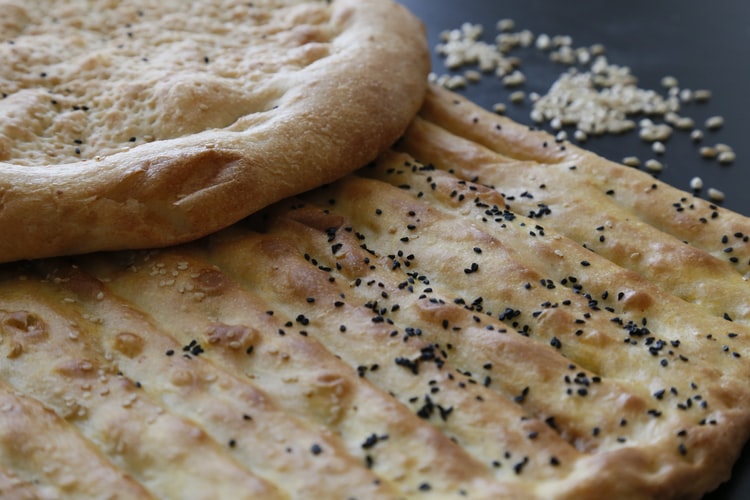 A couple of blog posts back, I mentioned the importance of making your own bread from scratch. I also mentioned how you can vary the flours to make it your own instead of using all white flour which is void of nutrition. But, what if you are short on time and you want to still have some great tasting bread without too much fuss? This is where flatbreads come into place. Making flatbreads are an excellent choice when you are short on time. What's also awesome about using this approach is that it can be made on a moments whim to create wonderful tasting bread. Another cool fact is, flatbreads come from a variety of countries ranging from India, the Middle East and the Caribbean. Here is an awesome look at Afghan flatbread. (This might be a future post for me to create as this looks delish!) Ok, back to my recipe testing....My flatbread for testing was a roti bread reminiscent of India, which traditionally is made with white flour and sometimes incorporates whole grain flours, depending on the recipe. Because I wanted to see if I could get a decent texture and flavor using no white flour, my first attempt was using just kamut flour I made in my Vitamix by just grinding the whole kamut grain. Kamut is an ancient grain that has a buttery, nutty taste, which is why I chose this for my first attempt. However, the end result ending up being too dense in texture and not soft enough for me although the taste was on point. So, it was back to the drawing board for a second attempt. My second attempt, I decided I needed to lighten it up, but did not want to resort to using white flour. So, this time it included a combination of whole wheat pastry flour, organic sprouted spelt flour and my beloved kamut for its awesome flavor. What was the result? Drumroll please!  Aww success! The end result of this combination of flours is just what I was looking for. Great taste and texture that I can feel good about. Whole wheat pastry flour has great gluten structure as well as spelt and the kamut flour brings it all together to contribute to the final taste. If you want to give this bread a try you can find it on my recipe page here: Whole Grain Roti Bread I hope you give this recipe a try and remember, this can be a great go to for something quick. Honestly, you are only looking at an hour from start to finish for this delicious homey bread. You can also just freeze this dough for later use by placing into a Ziploc bag. Its also delicious to making a simple vegetarian flatbread pizza you can make with this dough. This one was made simply with Campari tomatoes crushed, a little olive oil, Italian seasoning, garlic powder, crushed red pepper and kosher salt. I then simply topped off with sliced mushrooms, yellow pepper and mozzarella cheese. So easy, but so delicious! So, the next time you want a delicious go to, keep flatbreads in mind for easy access to be enjoyed with no major time commitment. Eat Good! Look Good! Feel Good! Chef Vanessa How to eat nutritiously without hitting your bank account too hard is can be ongoing challenge for families as well as individuals. From limited means to just being mindful, feeding ourselves with nutritious food has become a priority for those who want to remain healthy, despite limited income. But, how do we do this when money is a factor? There are many tips on how to do this, but I will give you some of my suggestions and a couple of resources they may help out. Although some of these ideas are nothing new, it bears to mention anyway as a refresher. Cooking from scratch is always the way to go to eat on a budget. Here are some food items you should always keep on hand. Whole grains, such as brown rice, and other options such as bulgur wheat, whole grain or wheat pasta, etc. Beans of any variety whether whole in their natural form or canned
Eggs Tuna Canned Tomatoes Potatoes Oats Olive oils Plant Based Milk (stockpile when items on sale) Tomato paste Peanut Butter, or other nut butters Dry Milk Frozen fruit fruit and veggies Canned fruit (packed in fruit juice is the best option) Canned vegetables (no salt added for healthier option) Frozen fish Ground meat Basic spices from your dollar store such as oregano, garlic & onion powders, cumin, paprika, kosher salt, sea salt and black pepper. Economical vegetables and fruits, apples, bananas, carrots, cabbage, zucchini, cucumbers, celery, collard greens, kale, sweet potatoes, onions. Also, check out resources that may be in your own neighborhood such as food pantries that get daily food donations from outside resources. These suggestions that I've mentioned are very basic but is a good start. Now with these basic options you will be able to create some basic meals to nourish your body. But, what if you need to have some easy meal ideas that address the budget issue, plus also delivers good taste? Although, there are plenty of options on the internet , here is a free e-book called Good & Cheap by Leanne Brown you can easily access. Some exciting options are Vegetable Jambalaya, Savory Summer Cobbler & Spicy Pulled Pork. In addition, there are breakfast options as well as beverage options such as smoothies. Good & Cheap E-Cookbook With technology booming, we can now access food using apps on our phone. Food waste is a huge factor these days and this app is trying to reduce this issue, city by city as it becomes more popular. Its called "Too Good to Go" This company partners with restaurants, bakeries, supermarkets and hotels. Although, not everything offered is healthy there are plenty of options available depending on where you live. Here is a link to find out more information regarding reducing food waste while also enjoying these services to keep yourself on a budget for food costs. You can download the app from the App Store or Google Play. Too Good to Go As you can see, you can eat healthy by doing a little research and planning ahead, but also keep things interesting for your taste buds. All of this can be done on a budget and doesn't have to be boring. Even, if some things are more costly, you can save on other items to balance things out. In the long run you or your family will benefit from these smart habits for a lifetime. Eat Good! Look Good! Feel Good! Chef Vanessa |
AuthorVanessa LaBranche Archives
June 2024
|











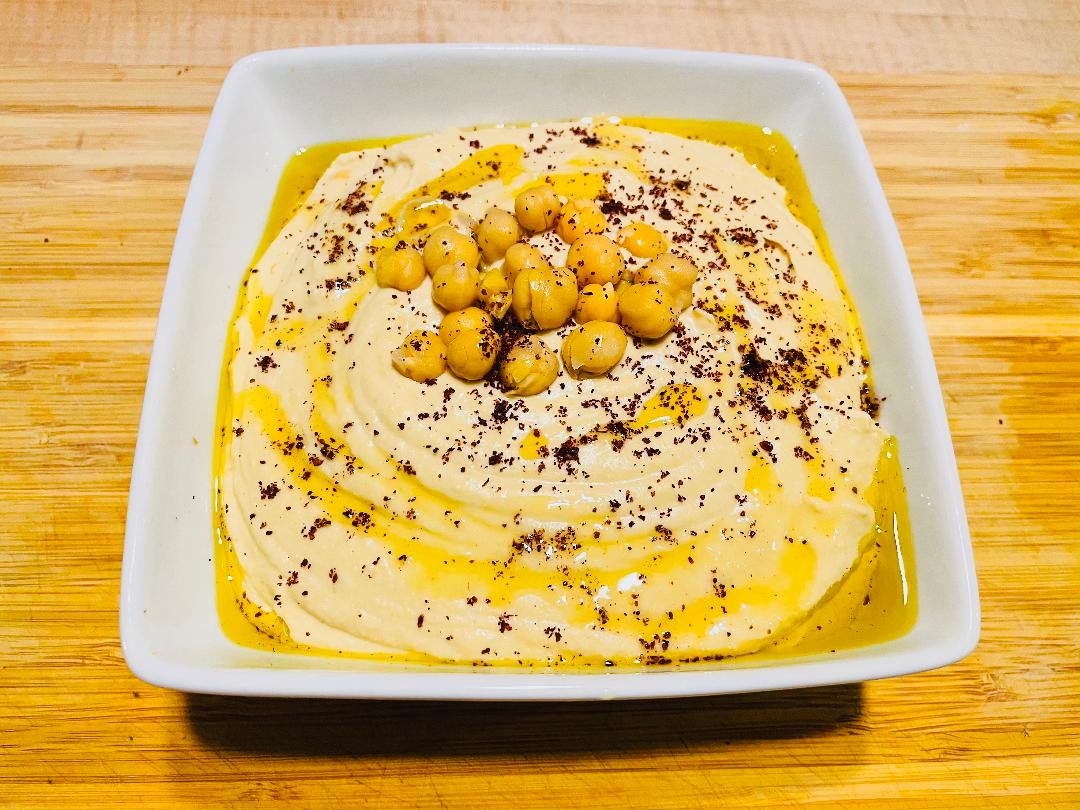


















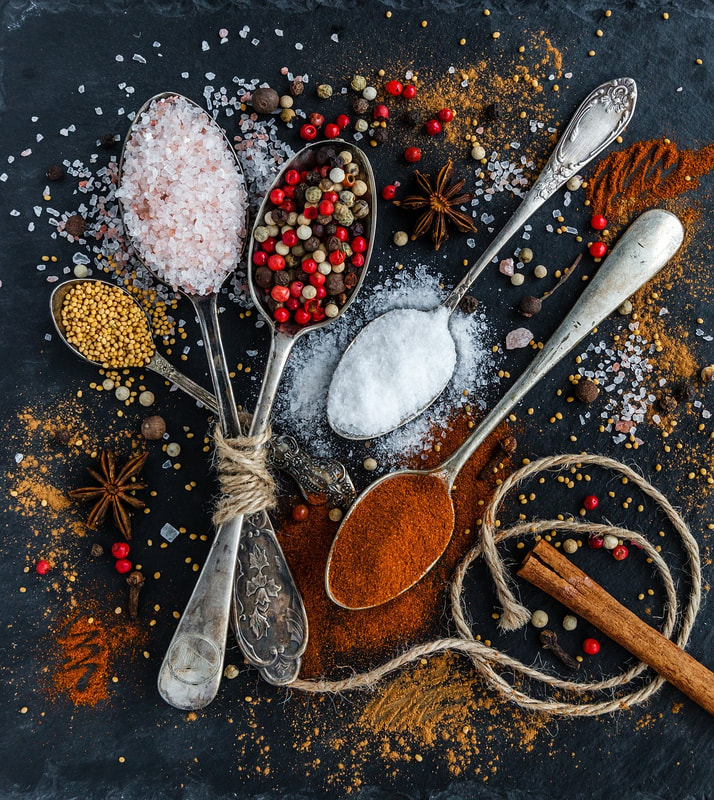

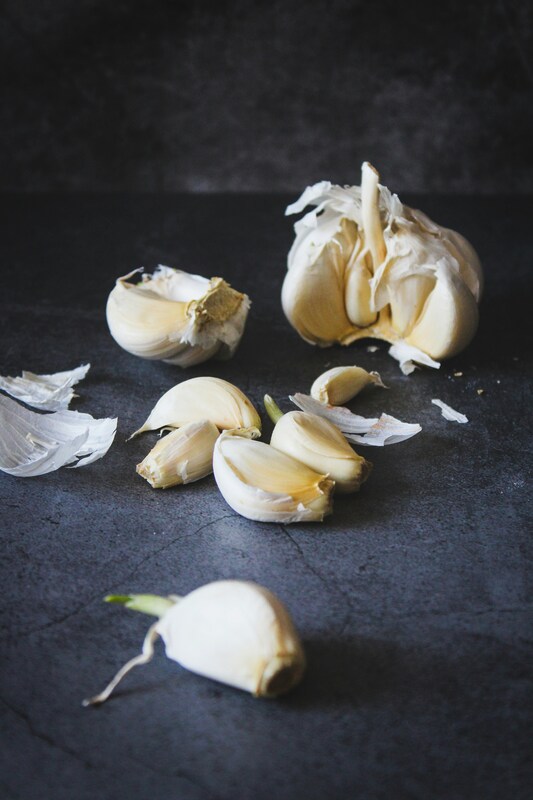

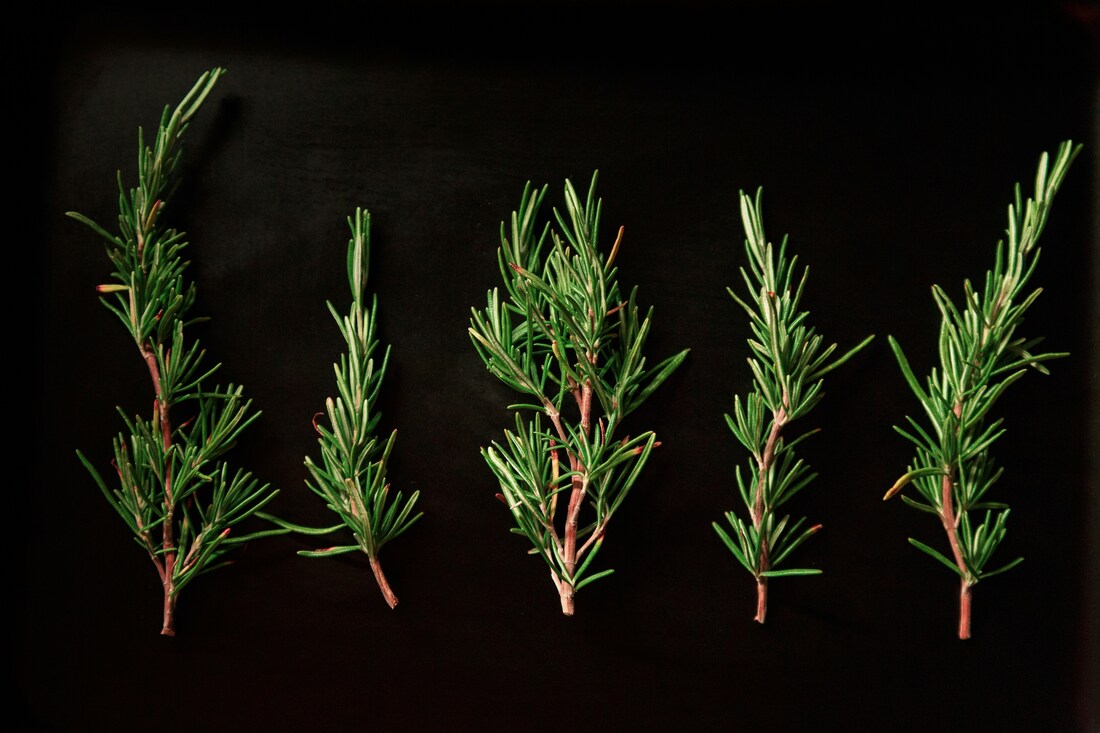
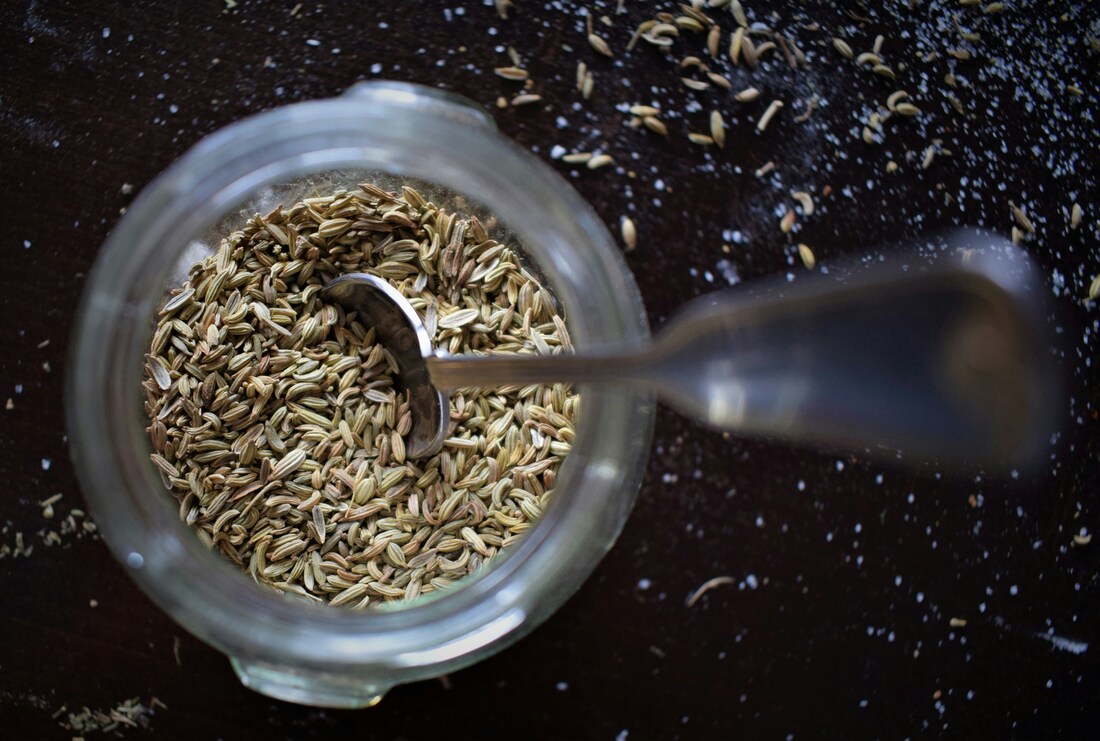

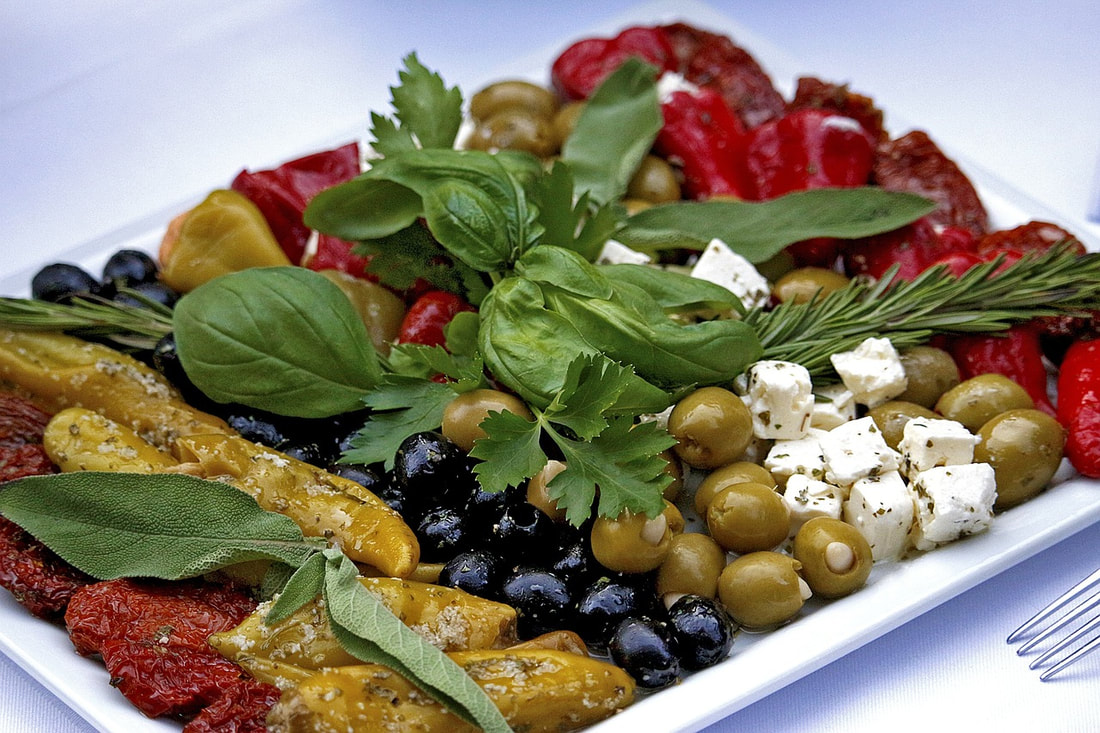
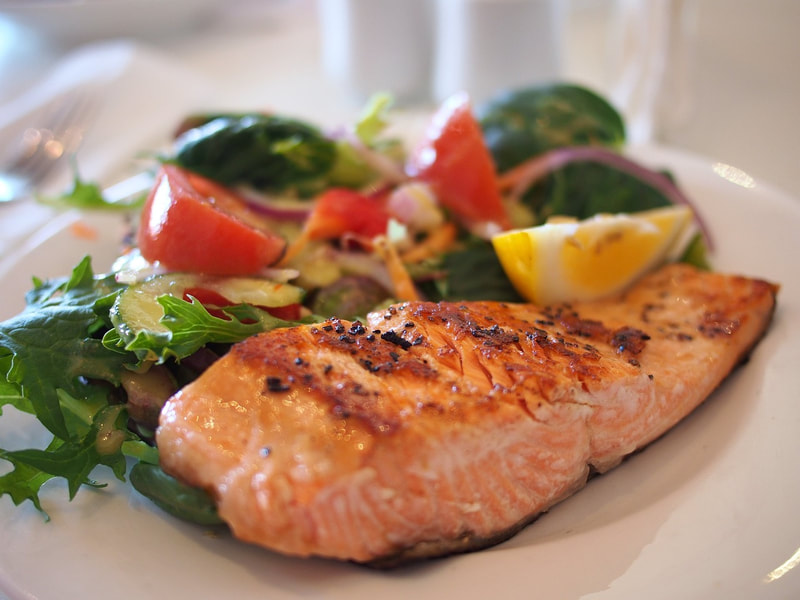
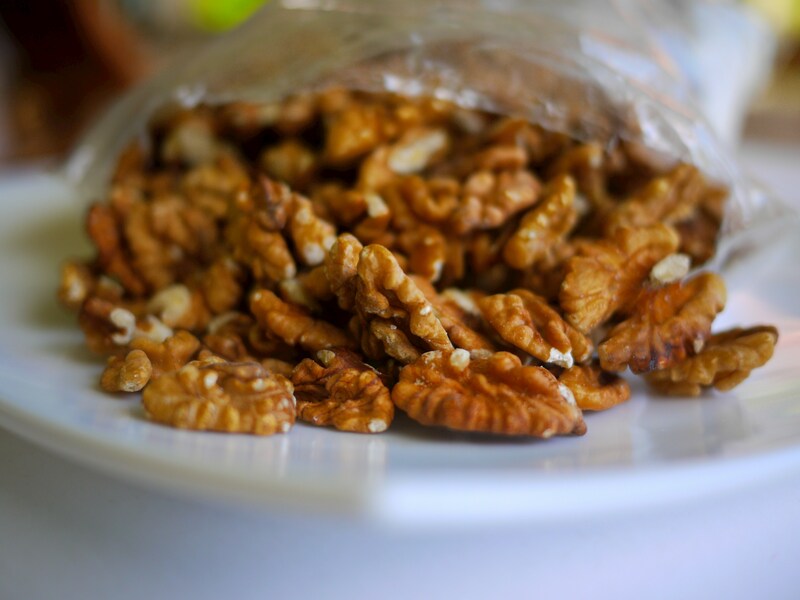

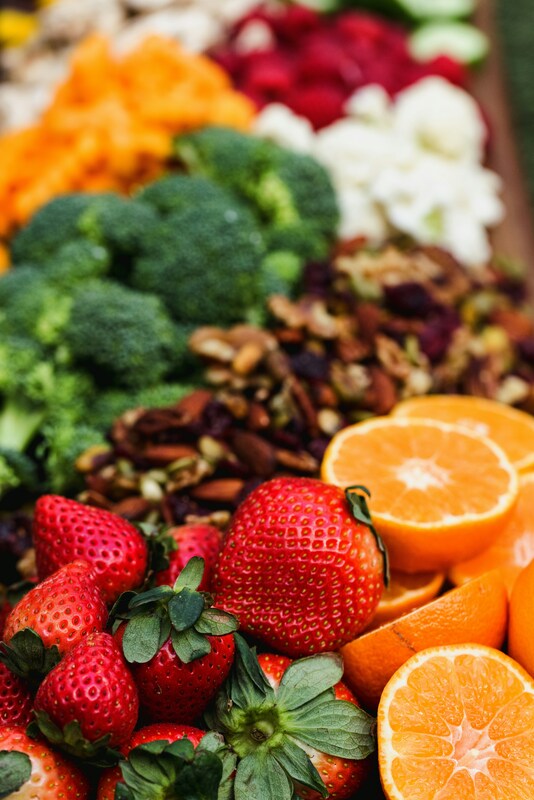

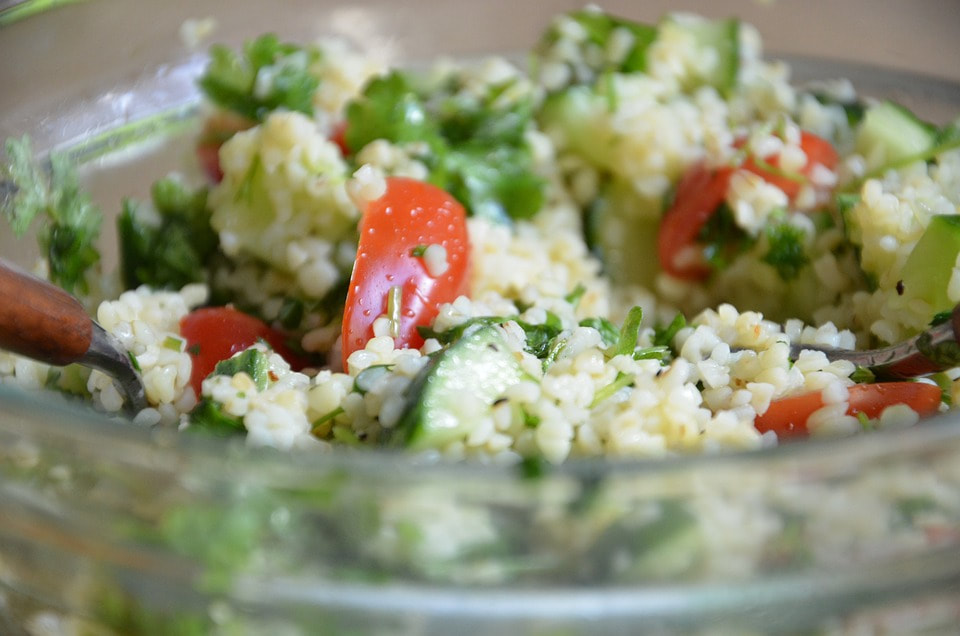


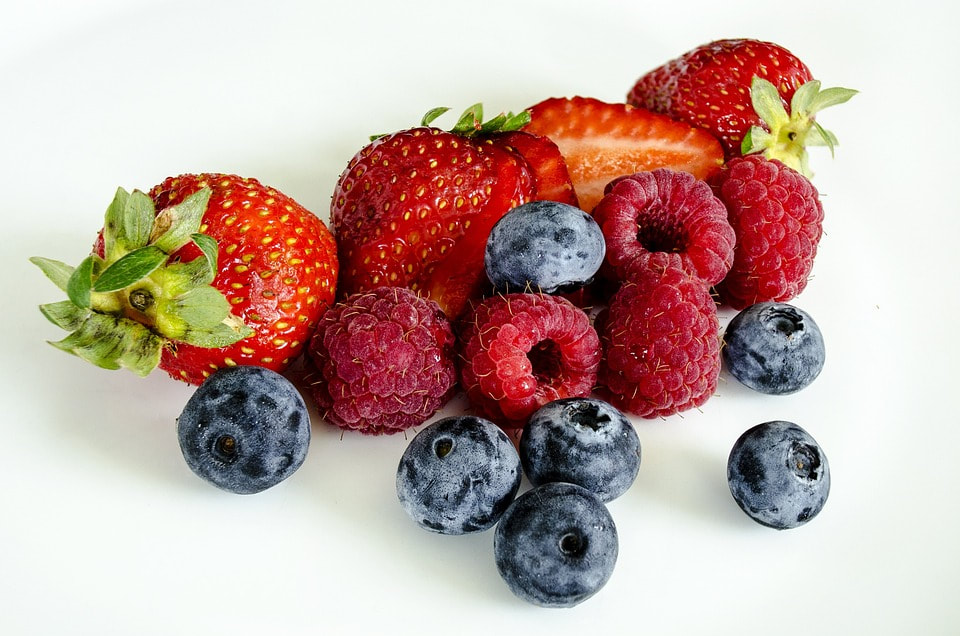

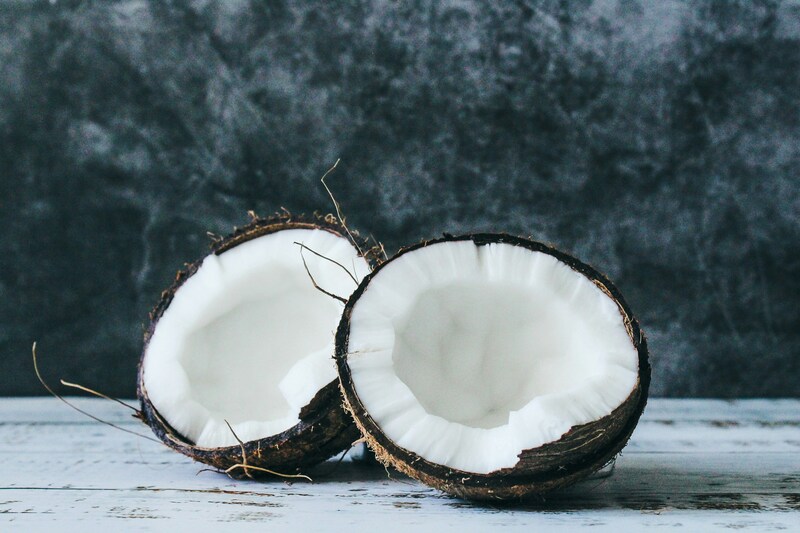
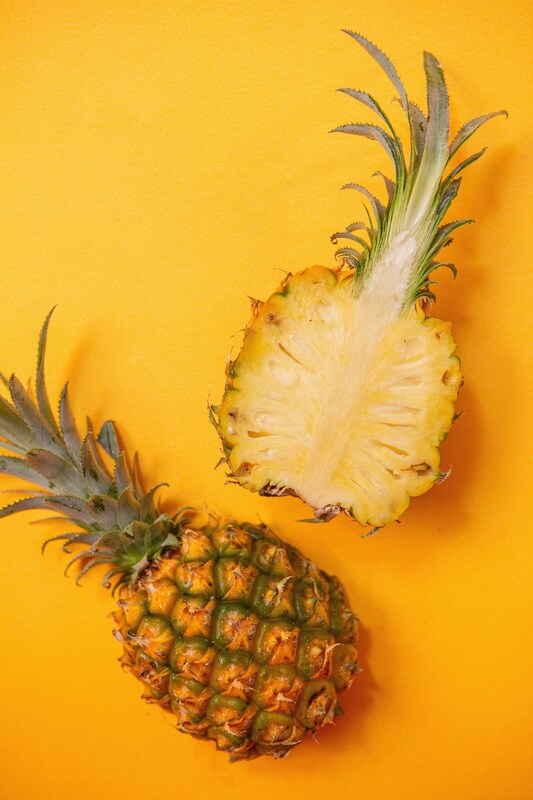
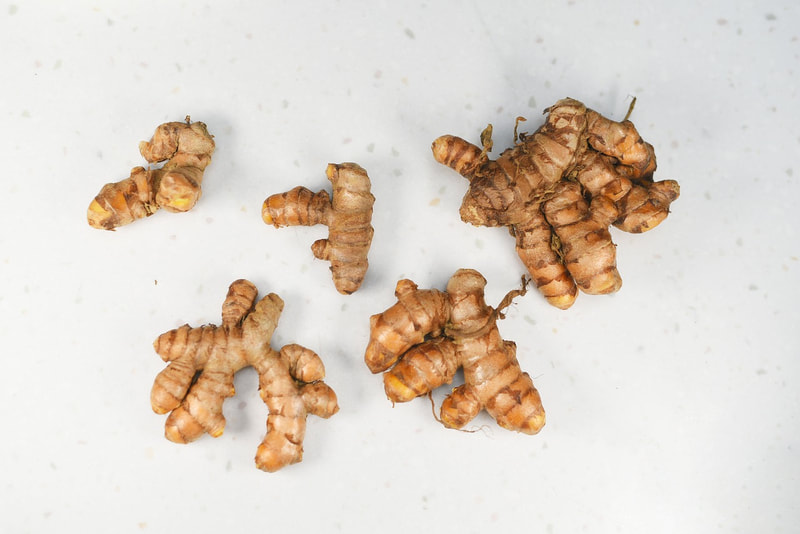

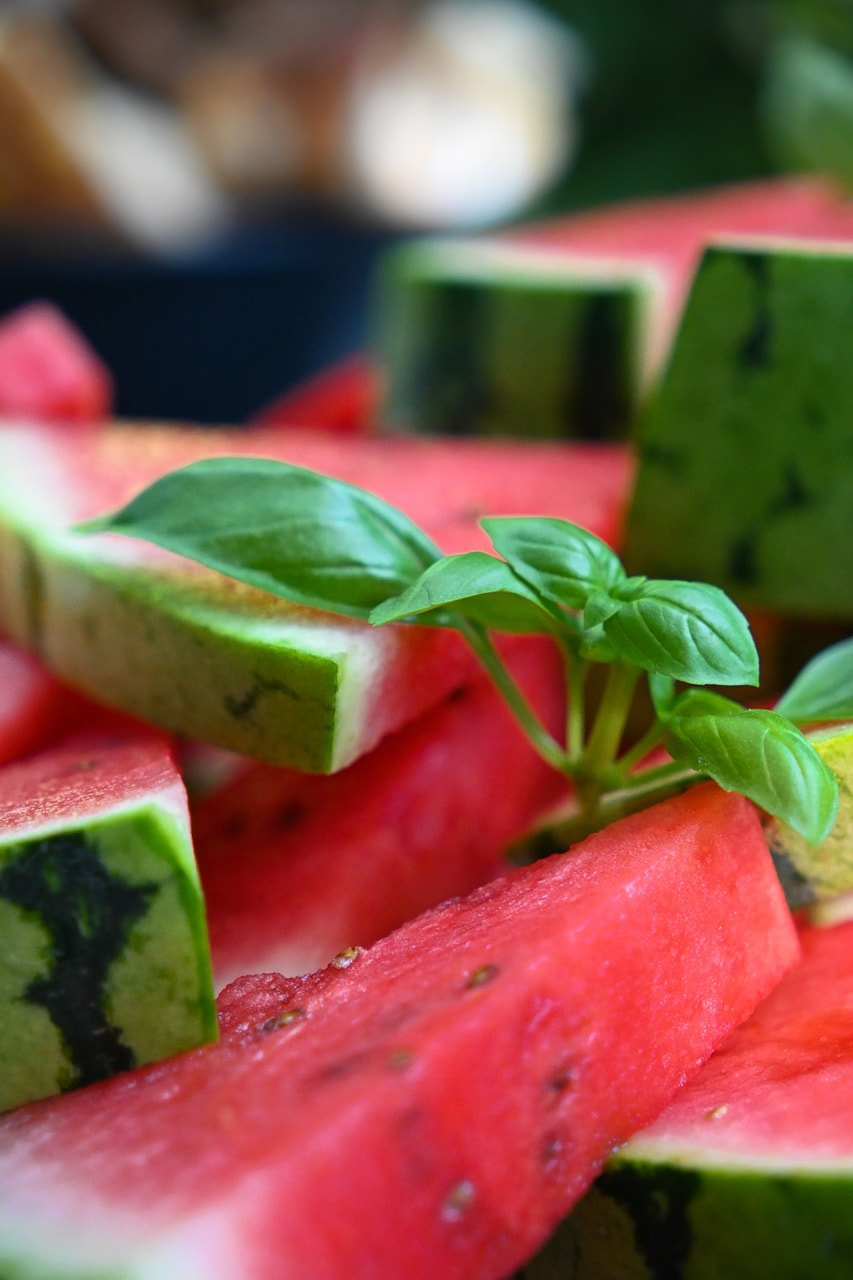
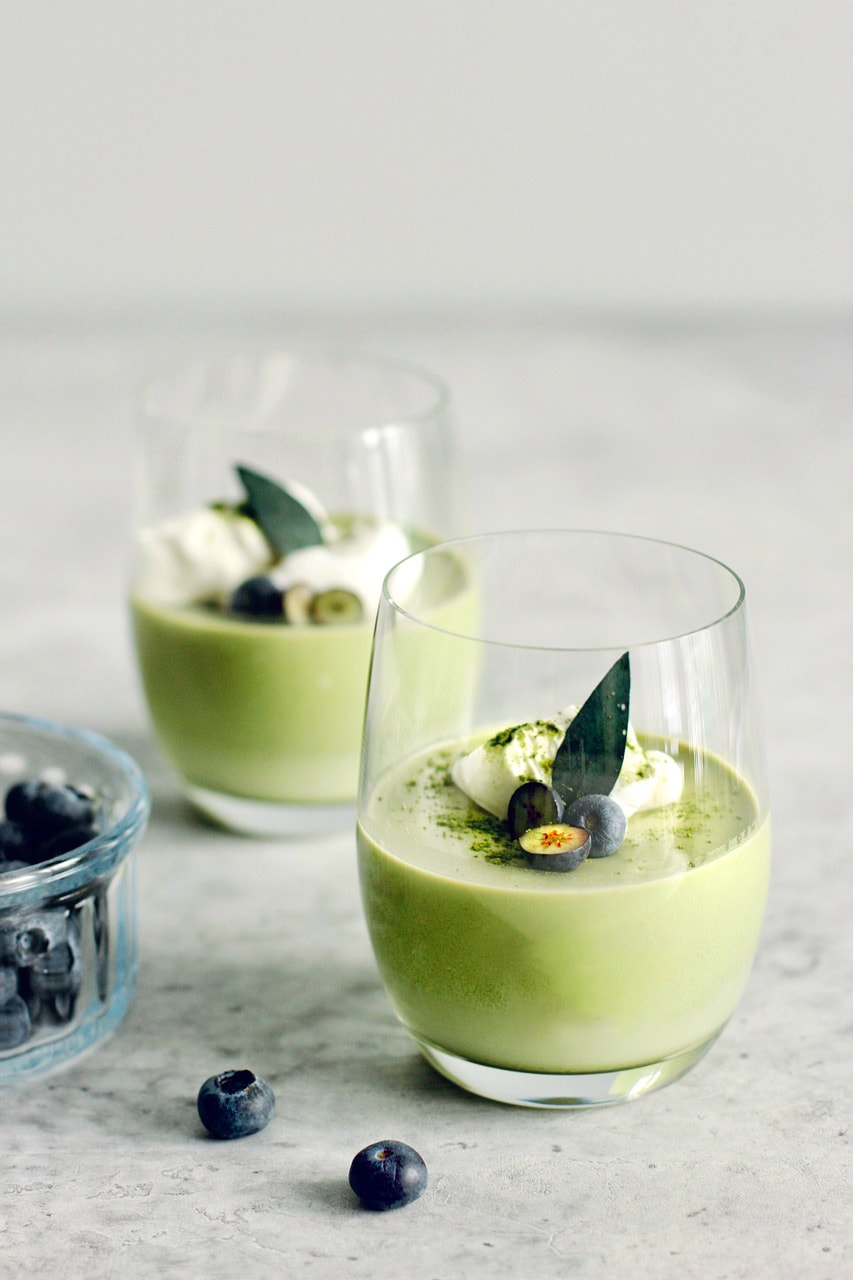

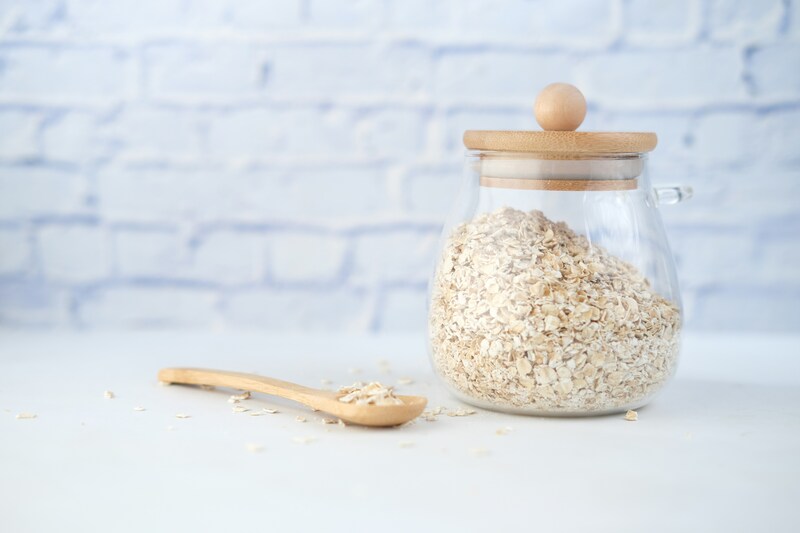

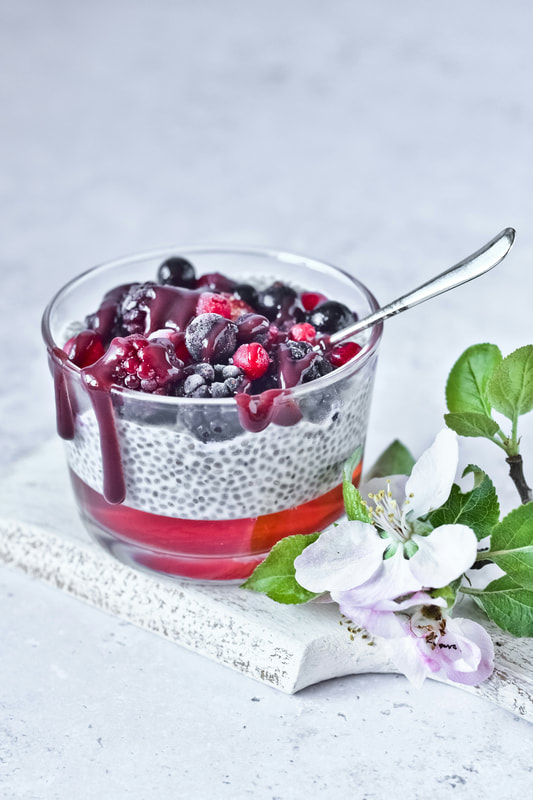




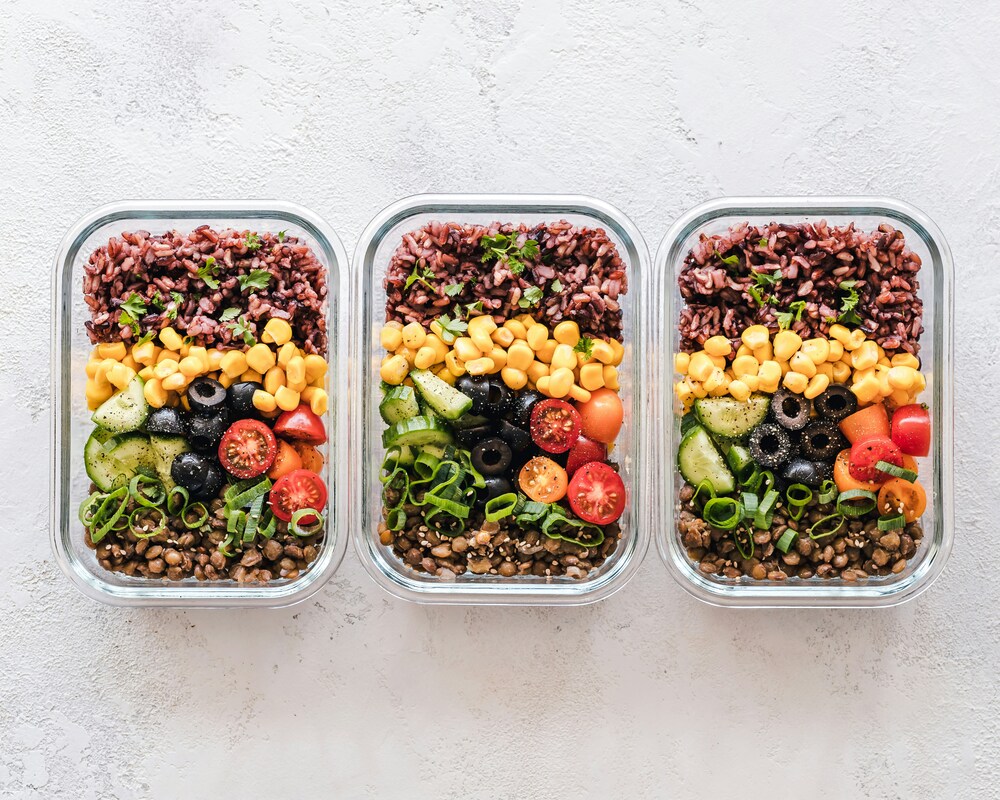










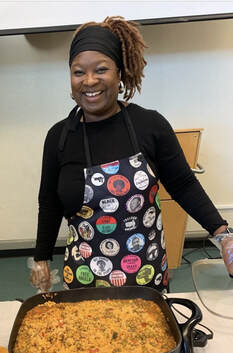



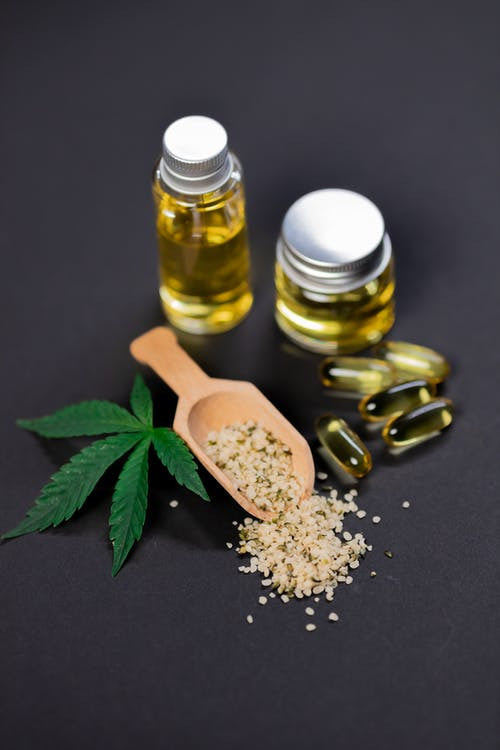
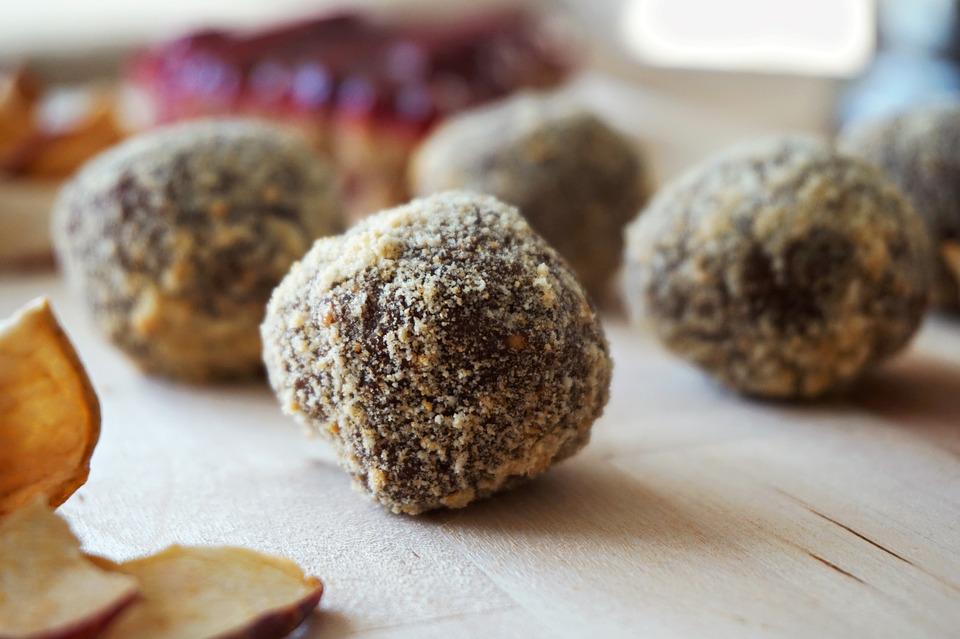




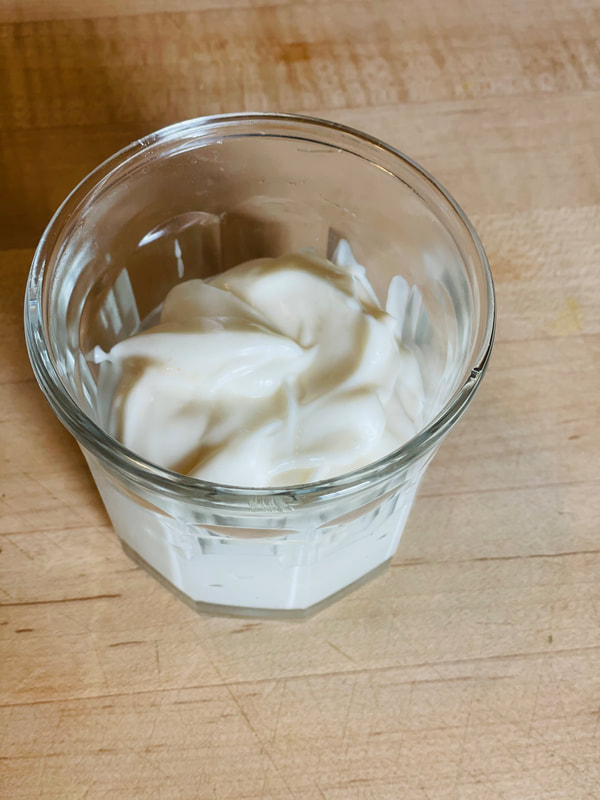

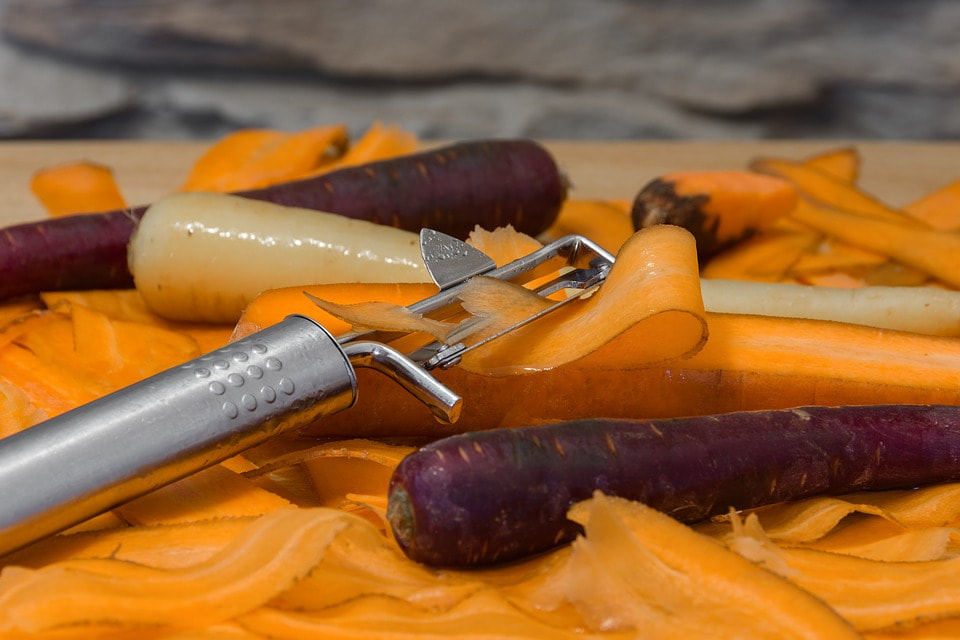




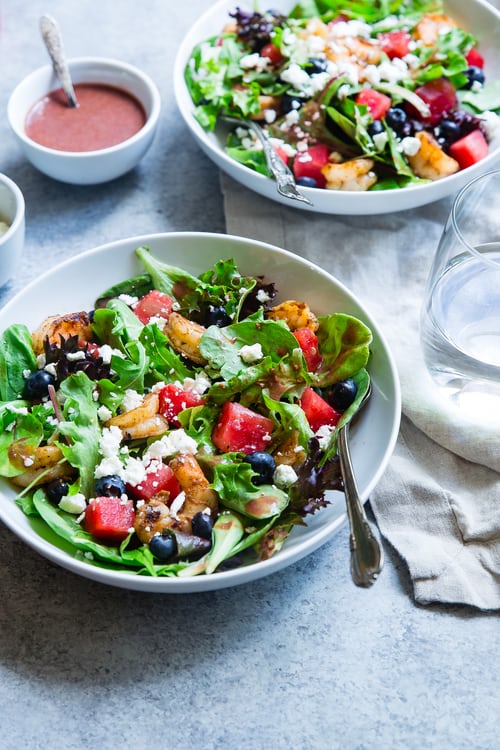




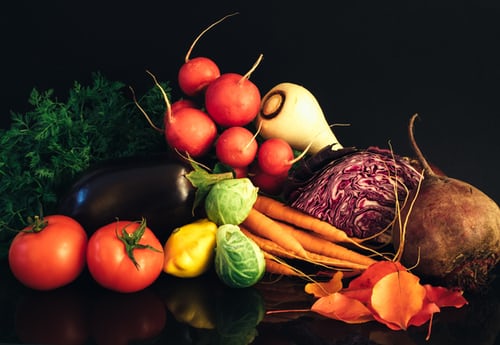






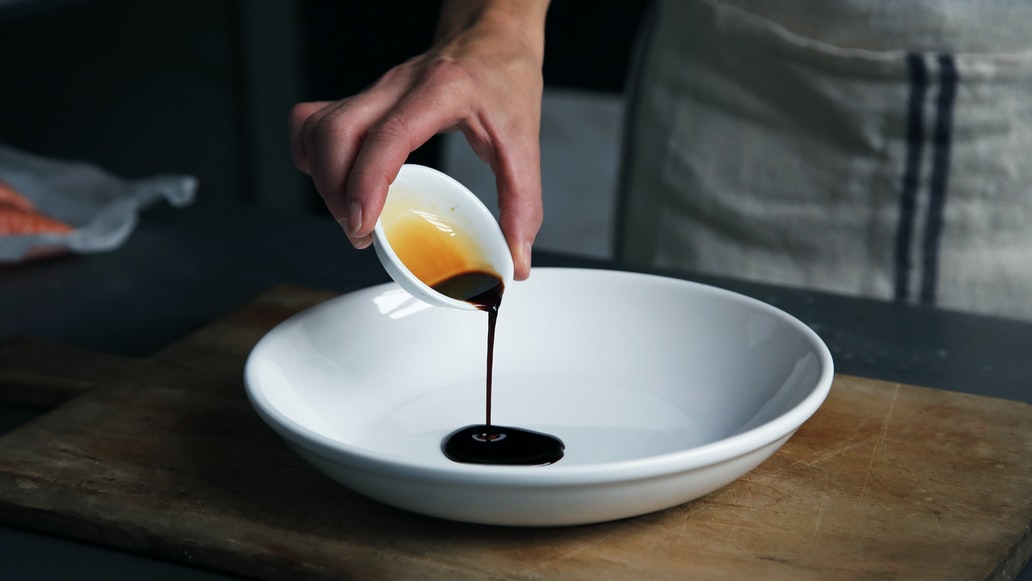


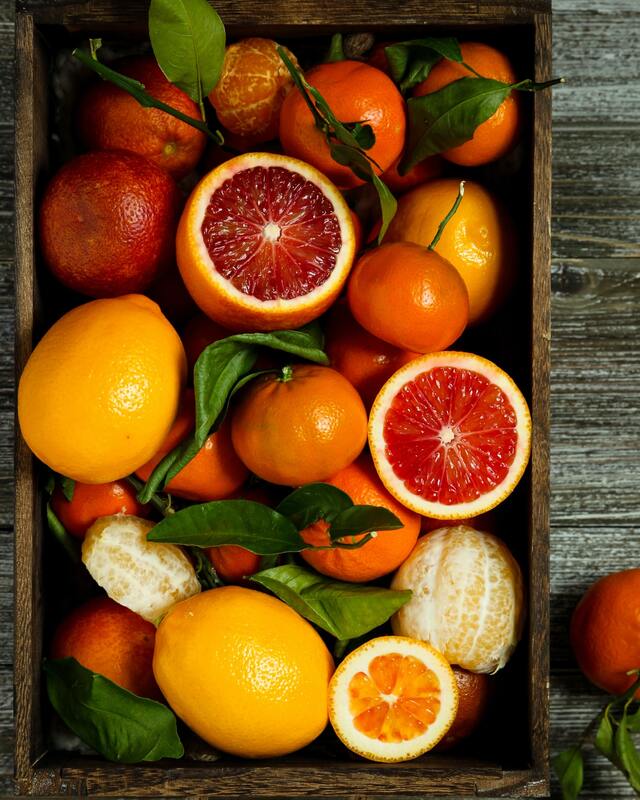
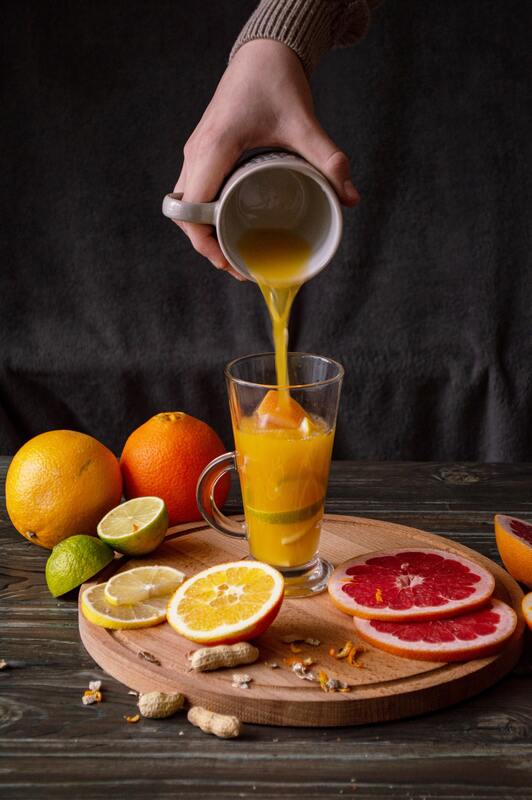


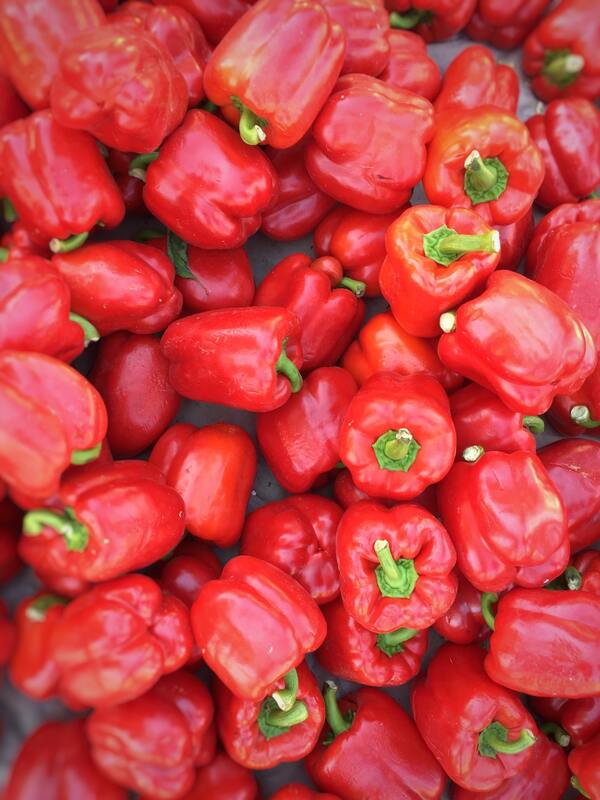
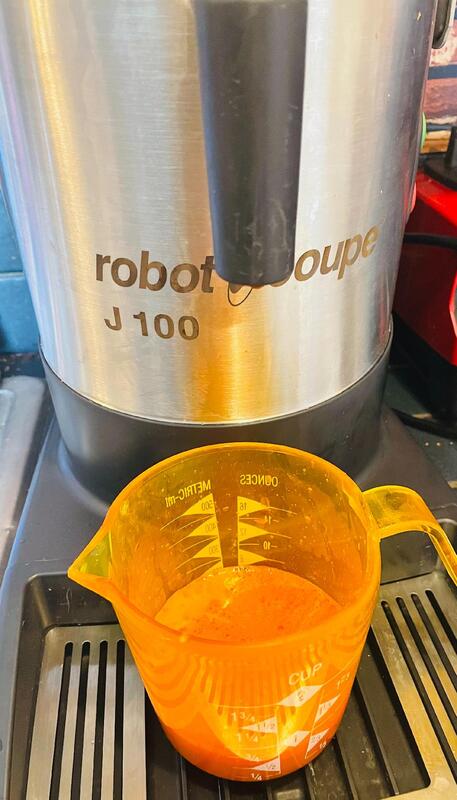
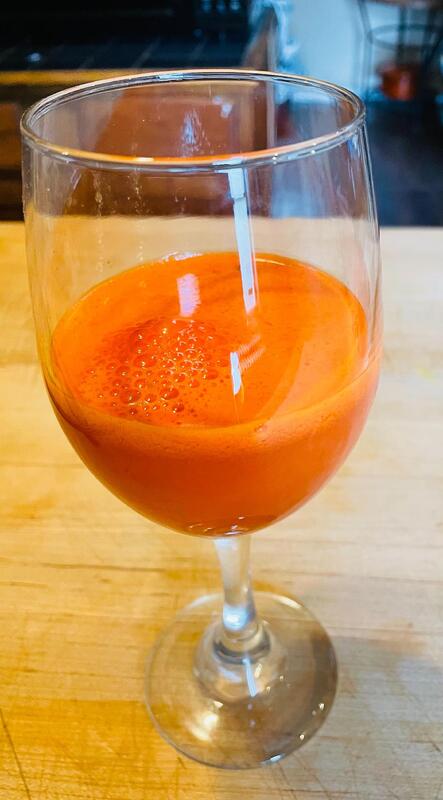

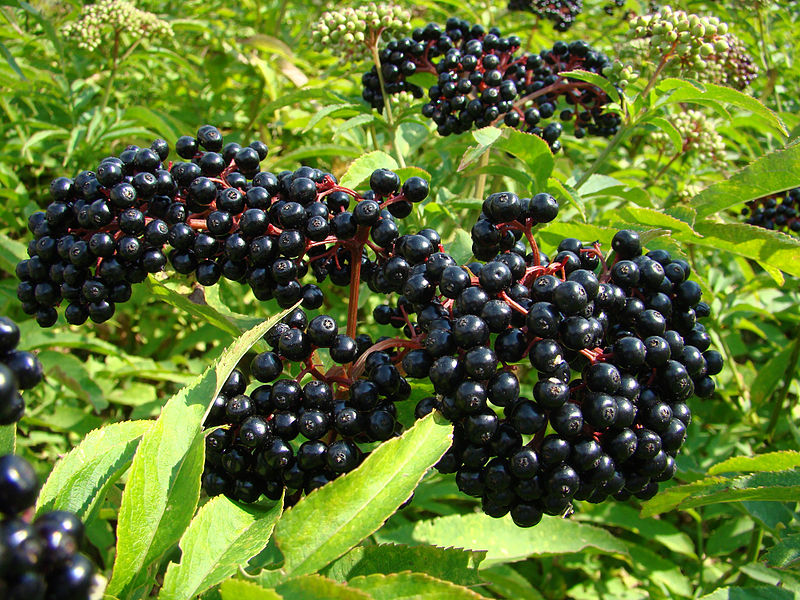
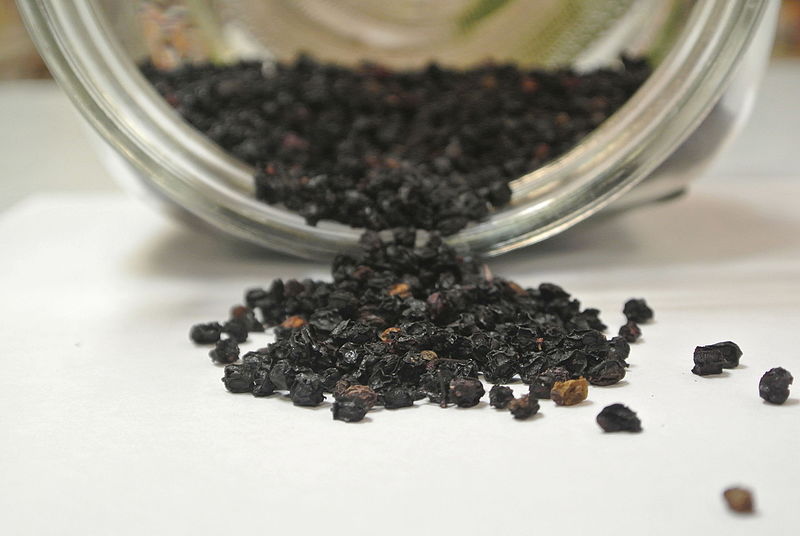
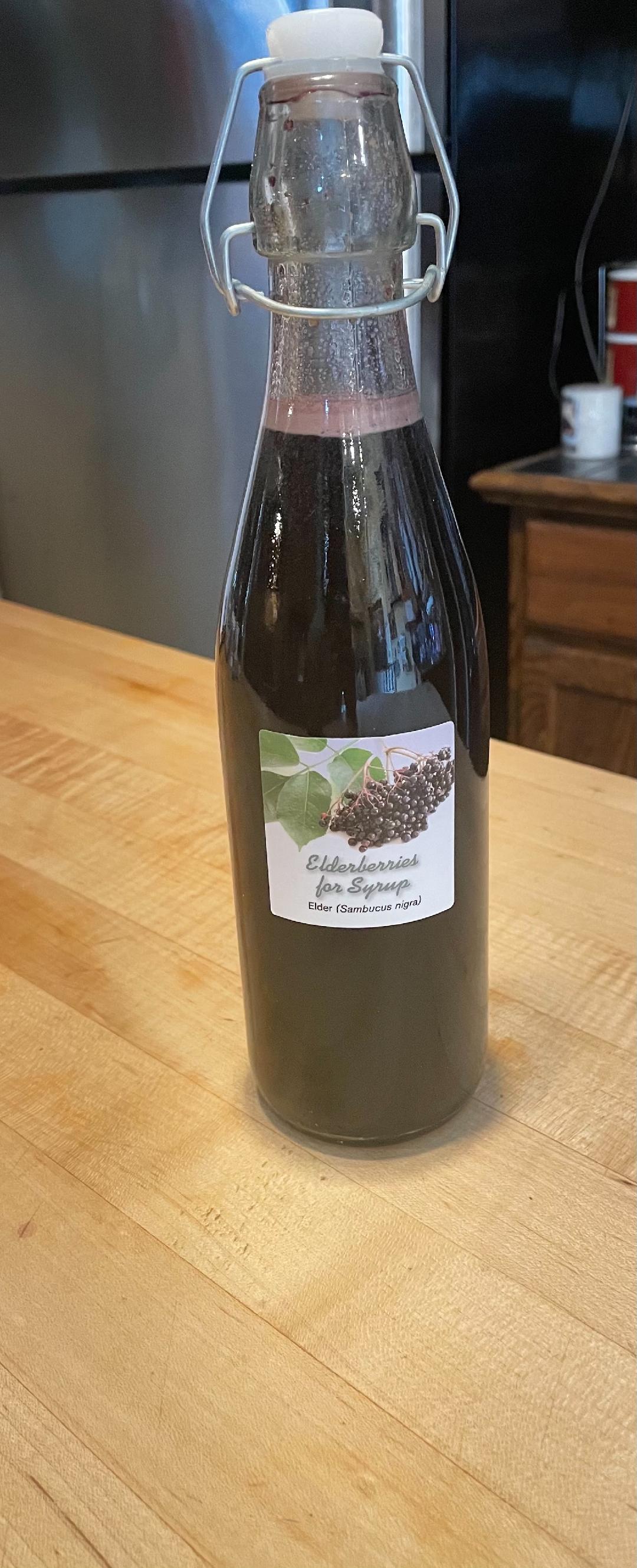
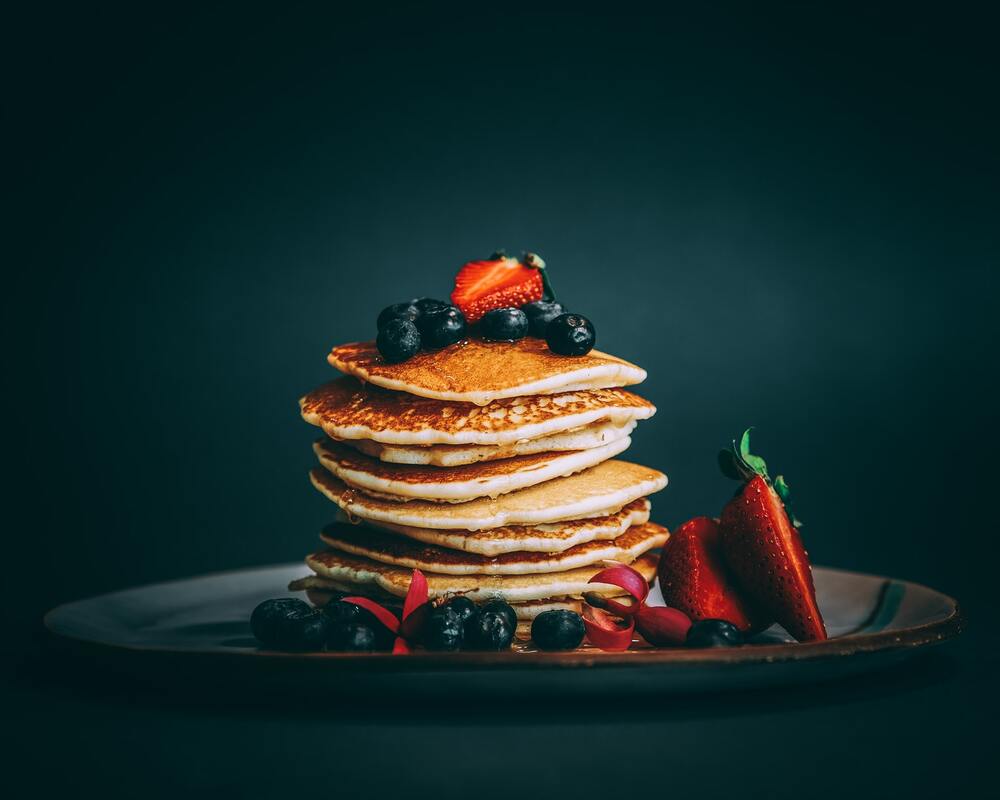
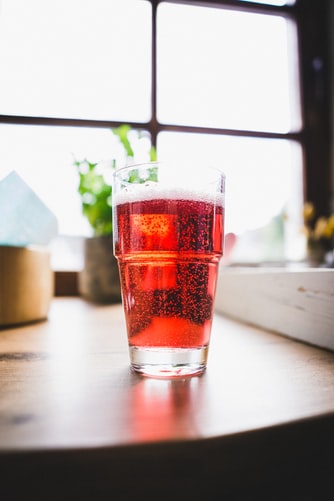


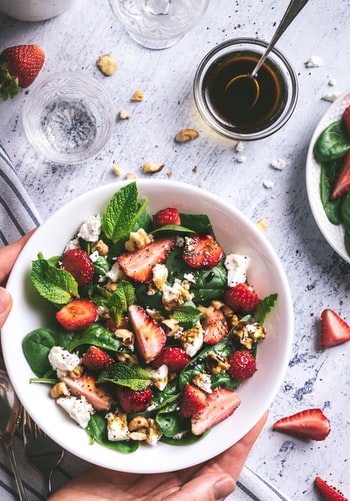
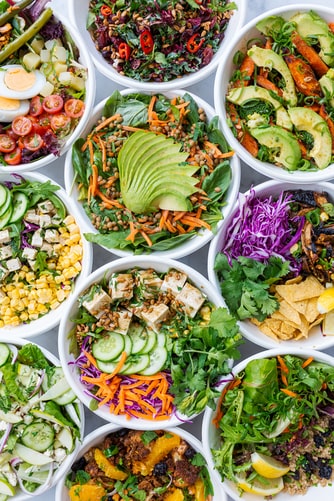

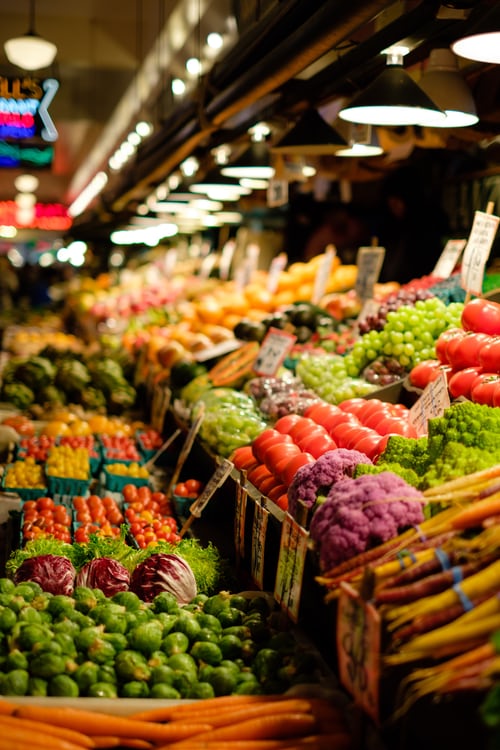



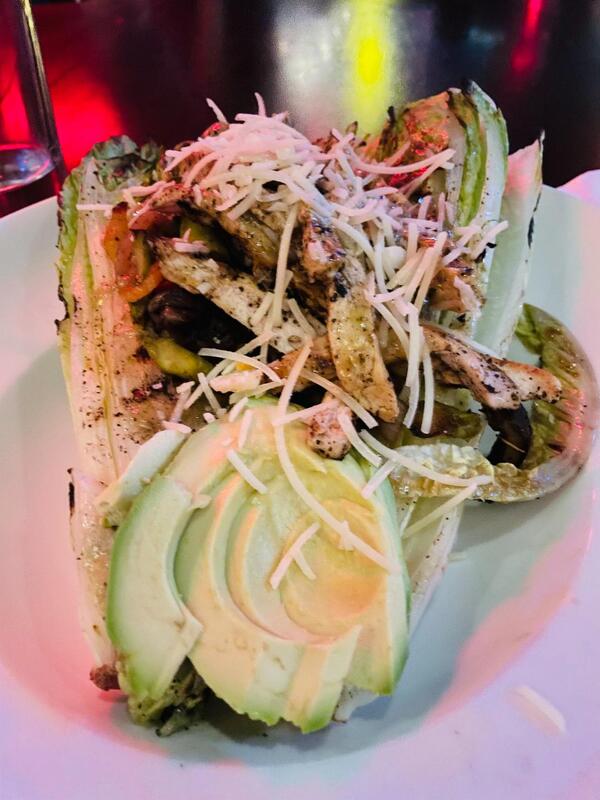

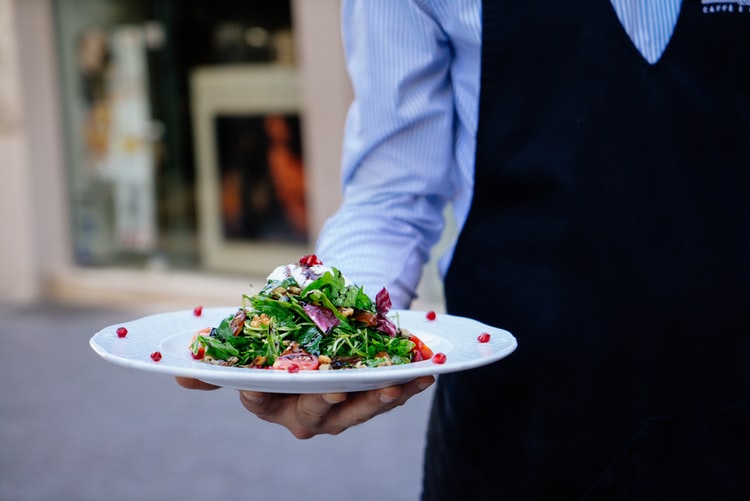









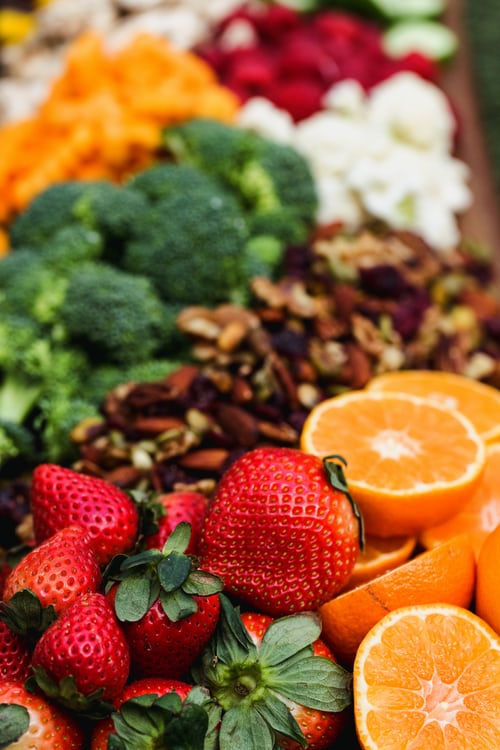




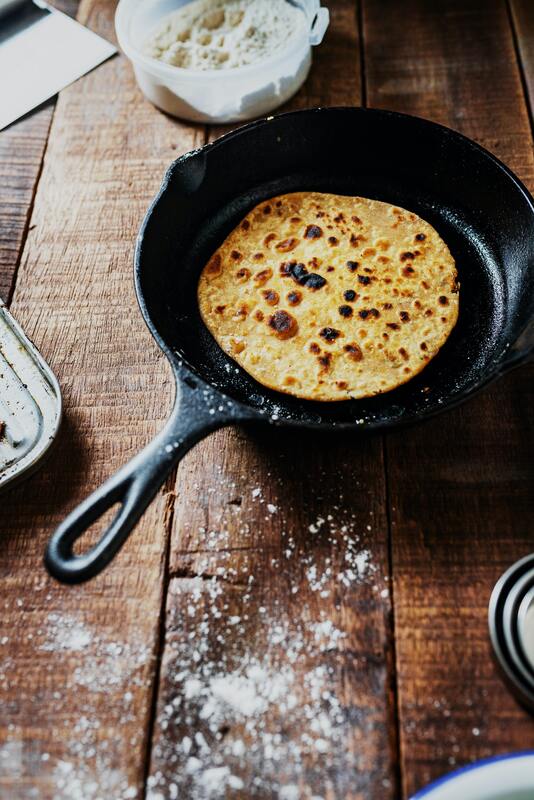
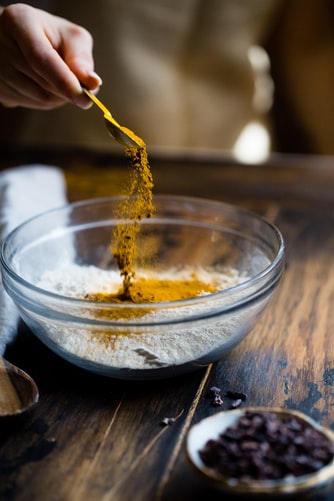
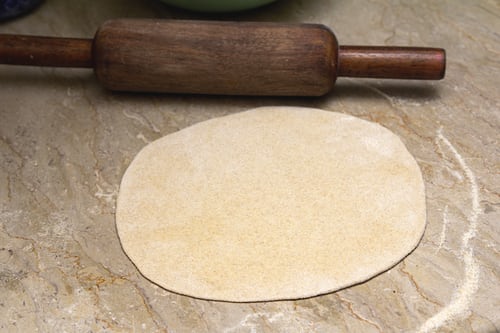
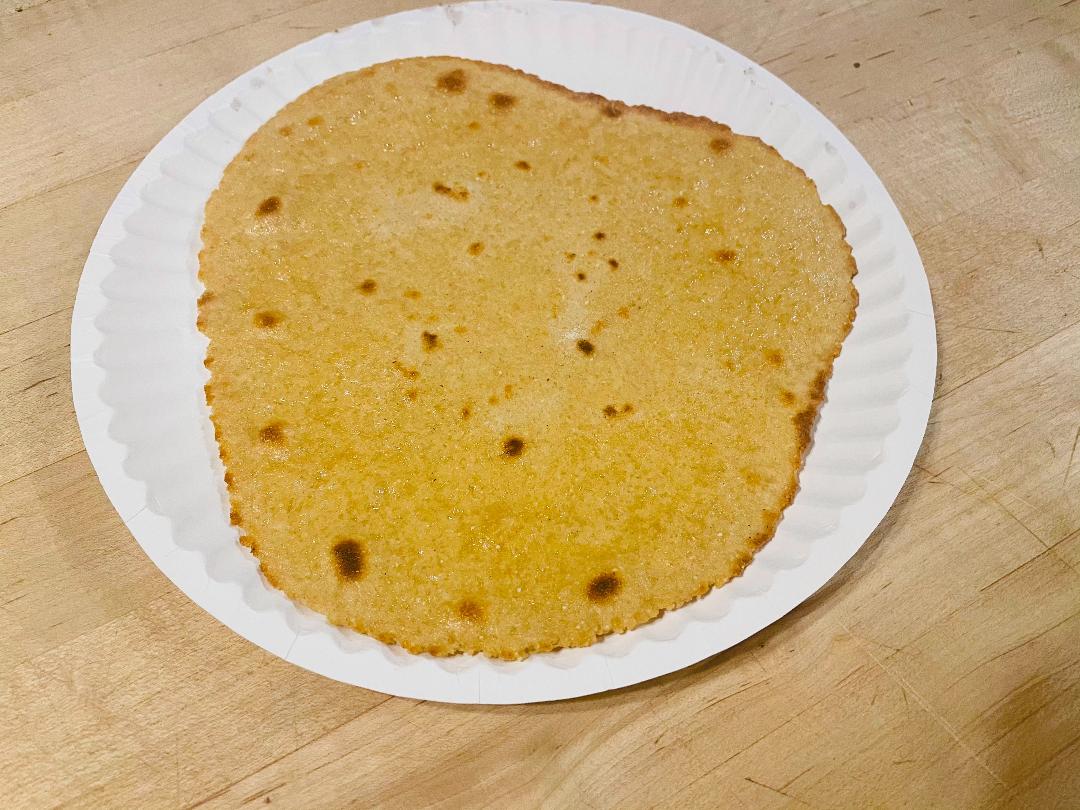




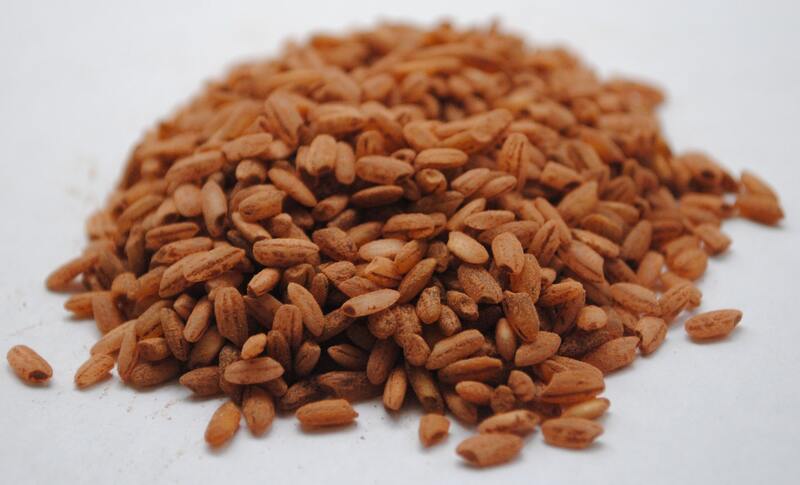
 RSS Feed
RSS Feed